I’ve always been a big fan of sunsets. I grew up in the southwest, where we have big skies that are just chock-full of particulates like sand and dust, coupled with auto emissions that pour into the air from the regions sprawling urban centers. Throw in a few monsoon season clouds to spread the rays of that big bright sun as it drops toward the western horizon, and you have the makings of a first class spectacle.
I catalog my sunsets, give them a number, of the sort that the judges assign to a high diver in the Olympics. You should know that I’m a fair bit harder to please than the average Olympic judge, in the sense that I pretty much never give out the top score. Assigning a “10” to a sunset assumes a perfect alignment of the cosmos, a coming together of sun and sky, smoke and vapor in an extravaganza viewed from a perfect angle, at a perfect altitude, against a perfect backdrop. If I’m the one doing the judging, the sunset in question must also meet or exceed the best I’ve ever seen, and when you consider my age and the extent of my travels, that’s a very high bar indeed.
While researching routes for the Scenic Side Trip Series, I drove thousands of miles on the back roads of the southwest, and I saw some seriously great sunsets that I added to my collection, including a couple of 9’s. And then, there was that Sunset at White Sands National Park, when everything came together.
My friends and I started that day at Carlsbad Caverns in New Mexico. After a great drive on some beautiful mountain roads, we wound up at White Sands about an hour before sunset. That had been my plan all along, so I was pleased that we’d managed to pace ourselves in a way that validated my hopeful calculations. The sky was fabulous, filled with multi-colored layers of rain clouds, and the closer we got, the better it looked.
Dropping down out of the Sacramento Mountains near Alamogordo, the sky was filled with the colors of the widest rainbow I’ve ever seen. Down on the flat, another rainbow came spearing down through the clouds before setting out in pursuit of a downpour, off in the middle distance.
Computer and Tablet Users: Click photos to expand the images
By the time we reached White Sands, the rain had stopped, but the sunset potential was getting better and better. The three of us spilled out of the Jeep and scampered (to the extent that almost-septuagenarians can scamper) up the side of the nearest gypsum dune, and out into the expanse of this one-of-a-kind desert with the slippery white sand.
There was a particular cloud formation that I kept coming back to with my camera as the sunset shifted through its various stages, and the sky faded into black.
Rating a sunset is a completely subjective exercise, dependent on context, life experience, and a host of other shifting variables. Let’s strip all that away, and simply enjoy the following slide show, because that Sunset at White Sands was close enough to a Perfect 10 to make some darned nice photographs!
(AS ALWAYS: Unless otherwise noted, all of the images in these posts are my original work, and are protected by copyright. They may not be duplicated for commercial purposes.)
READ MORE LIKE THIS:
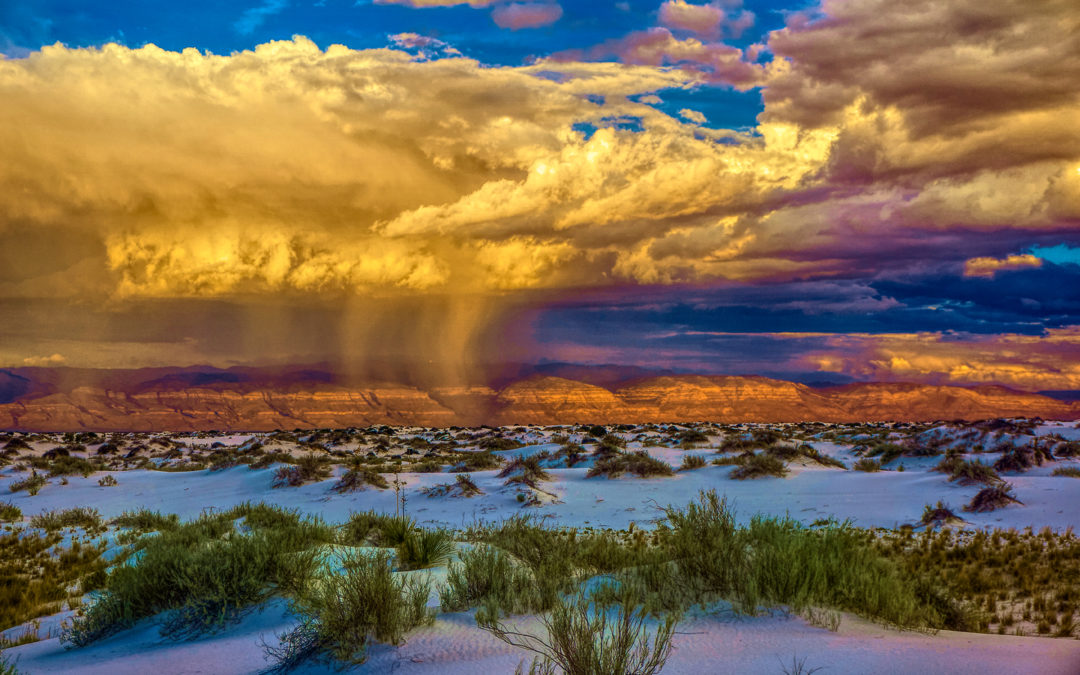
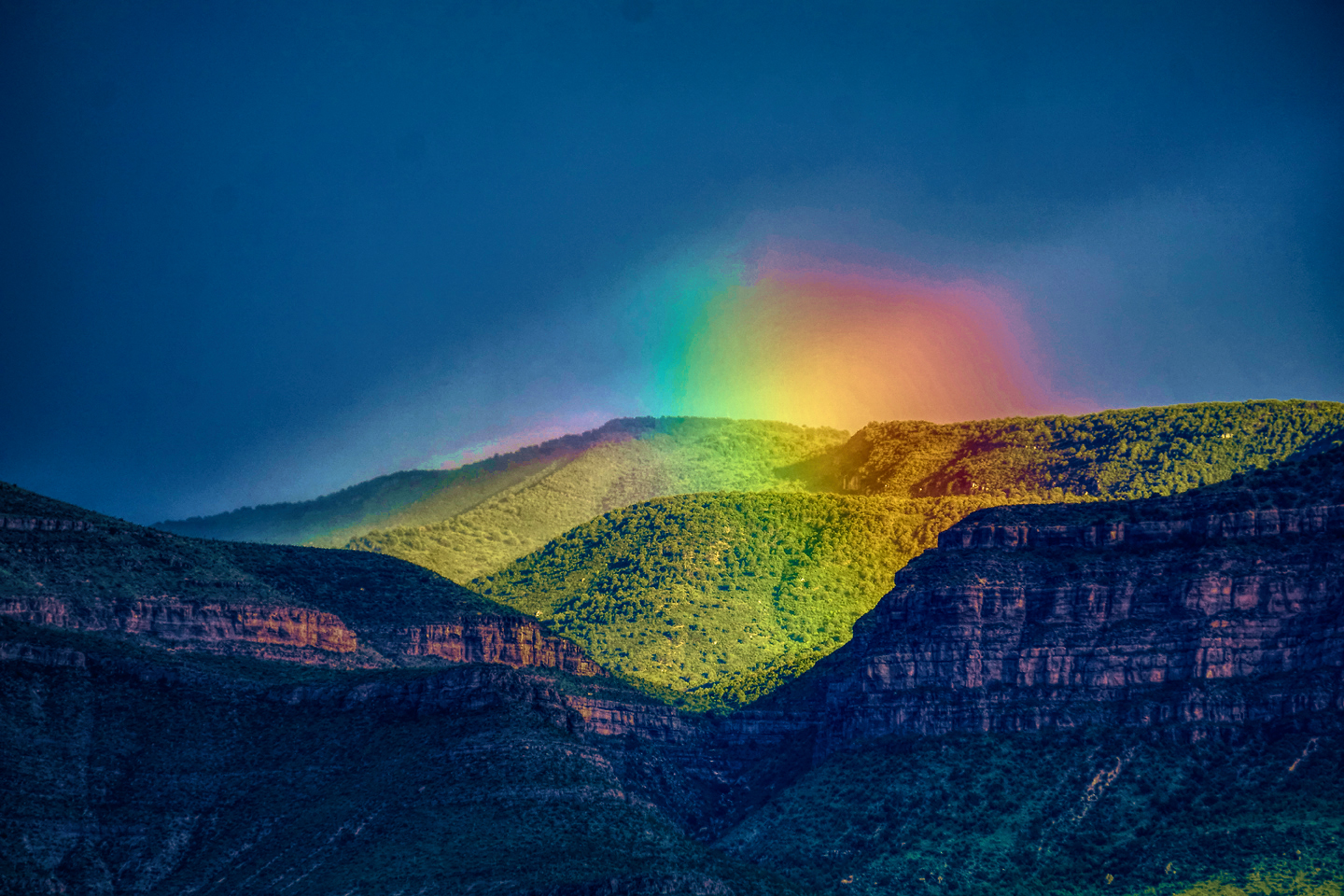
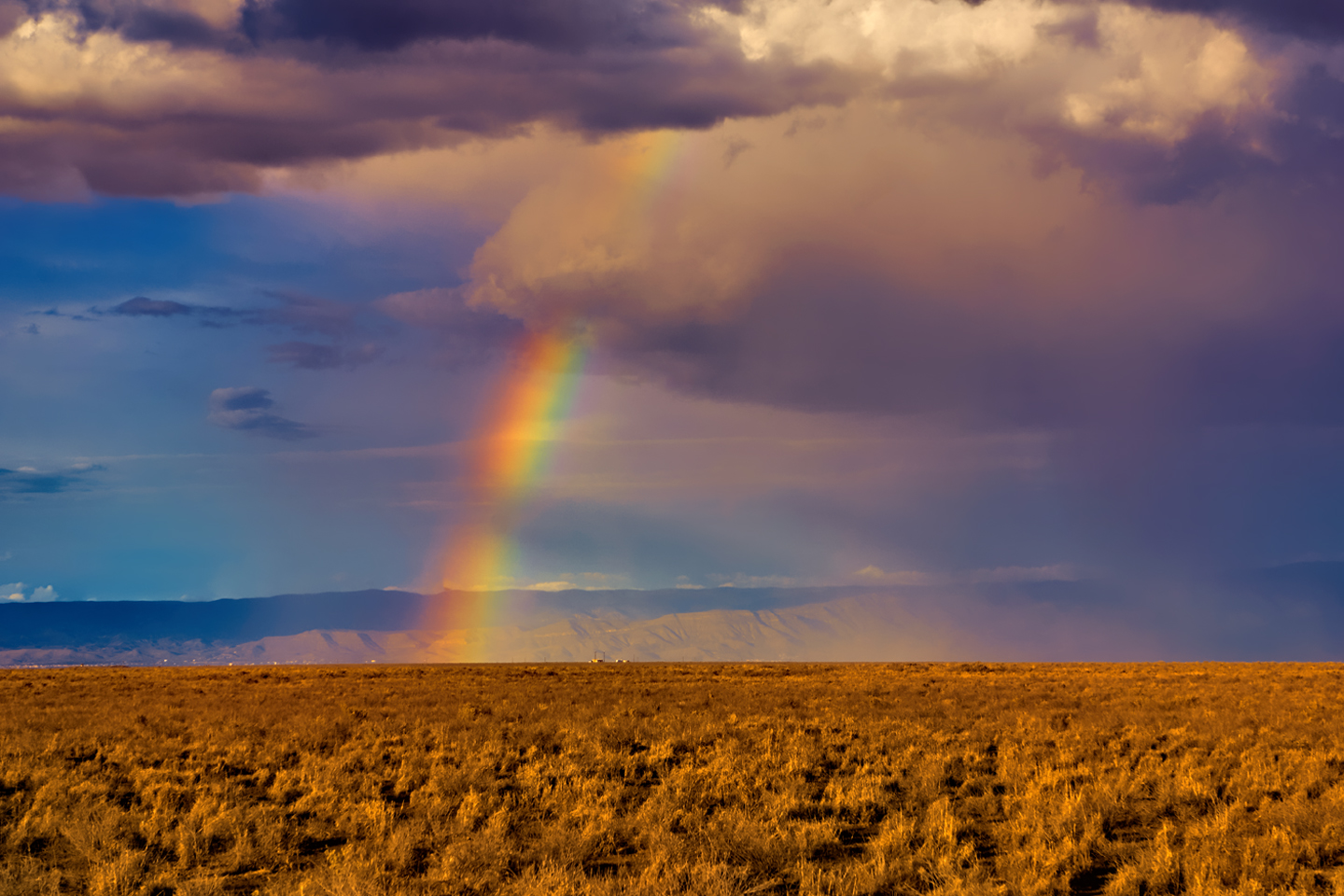
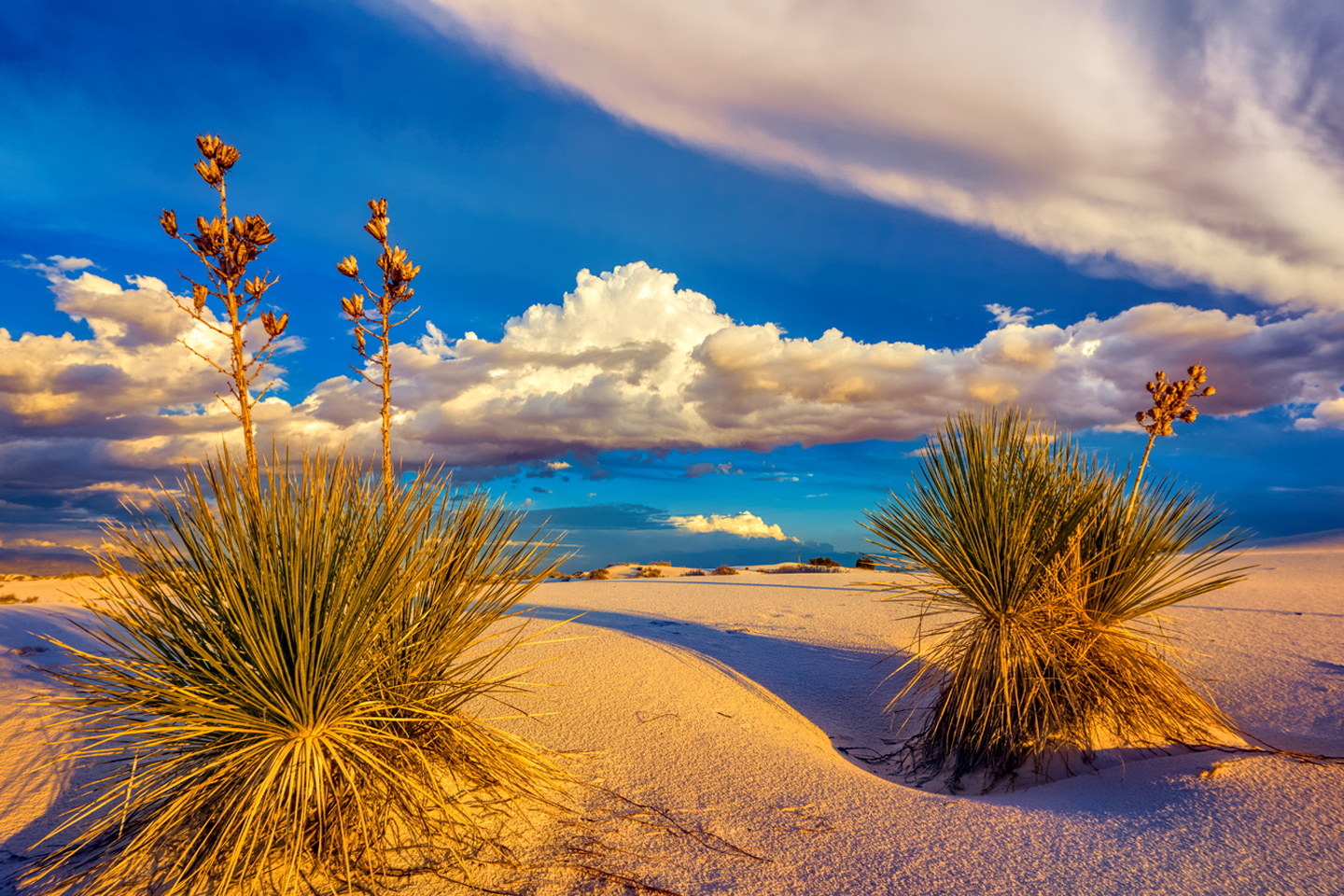
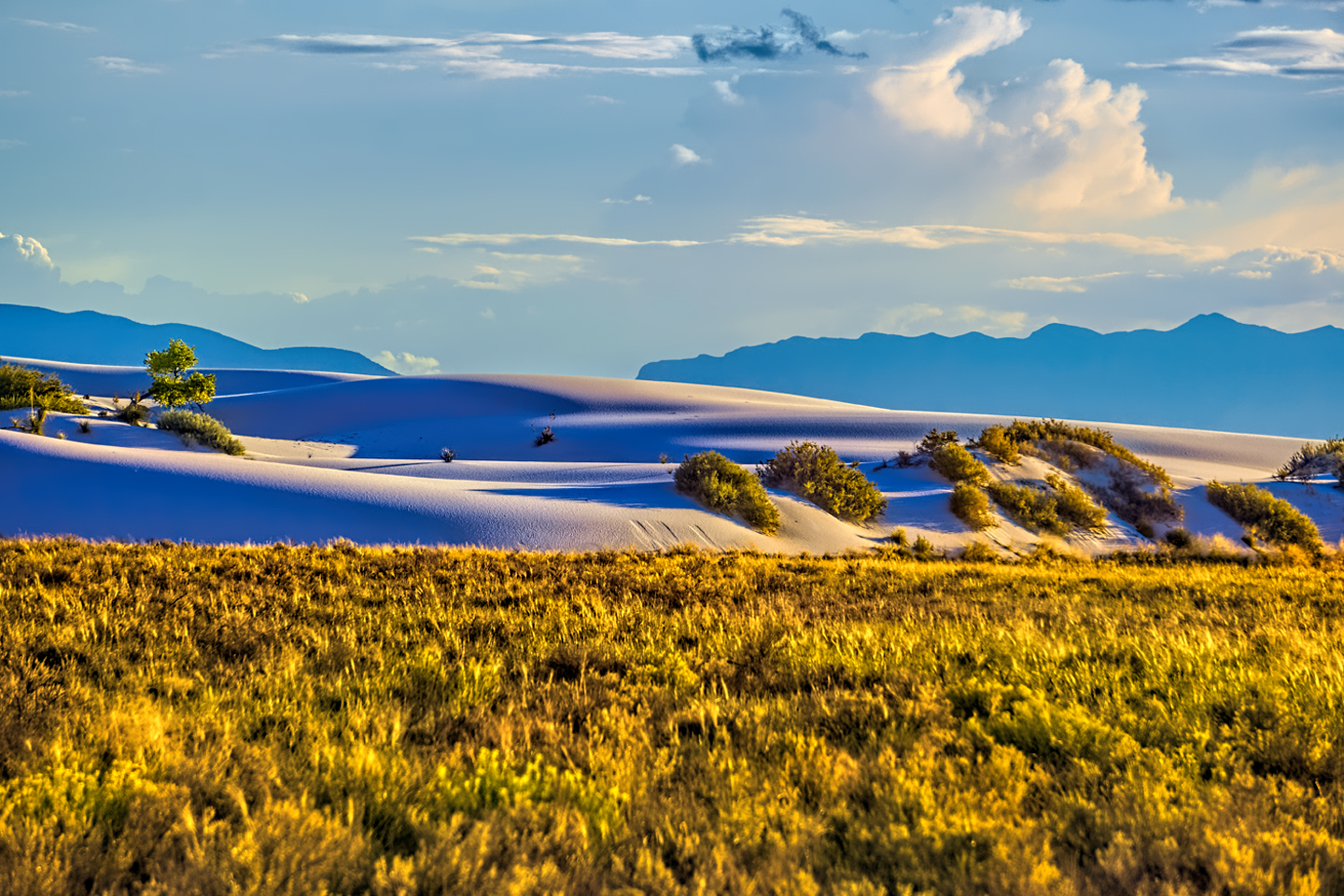
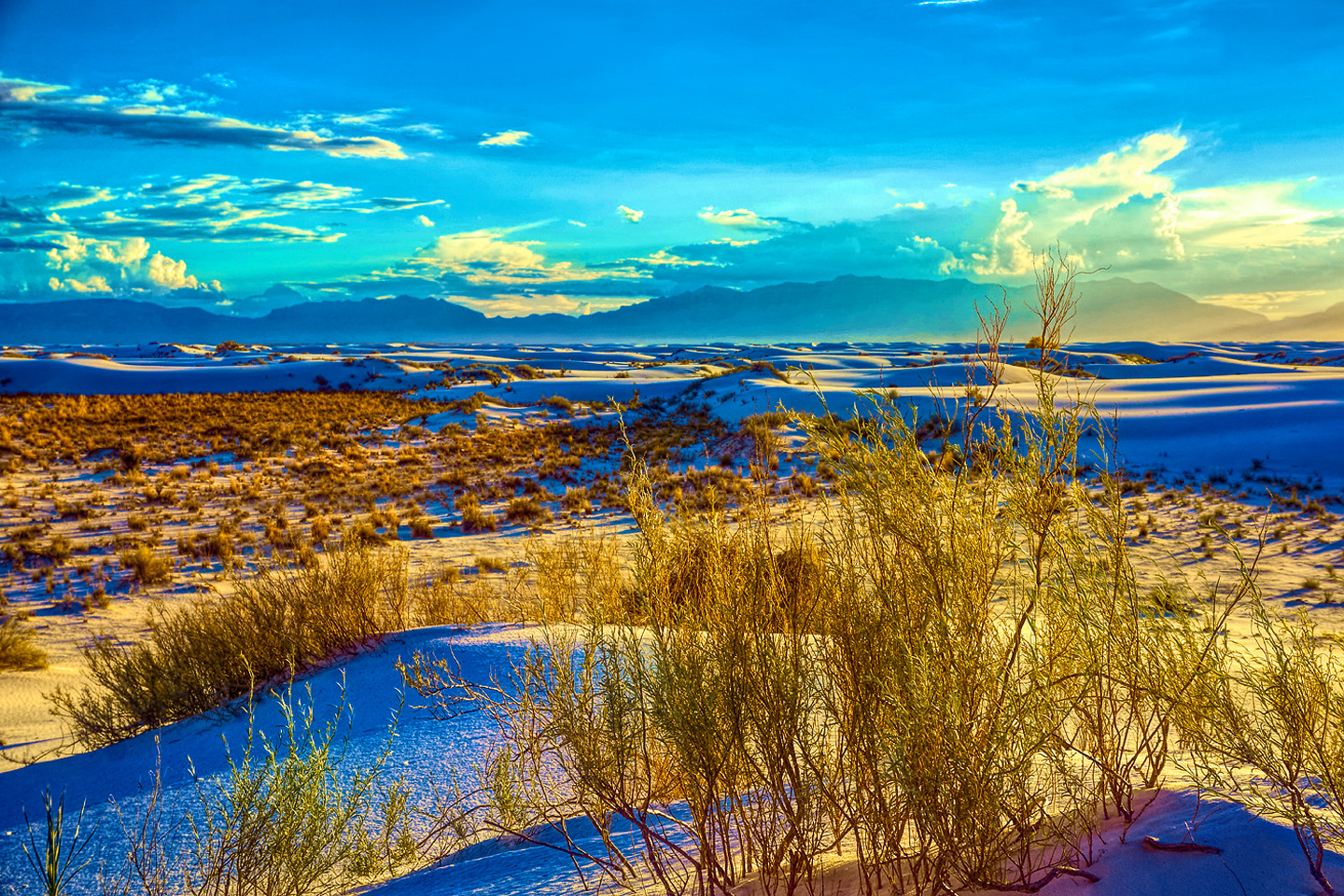
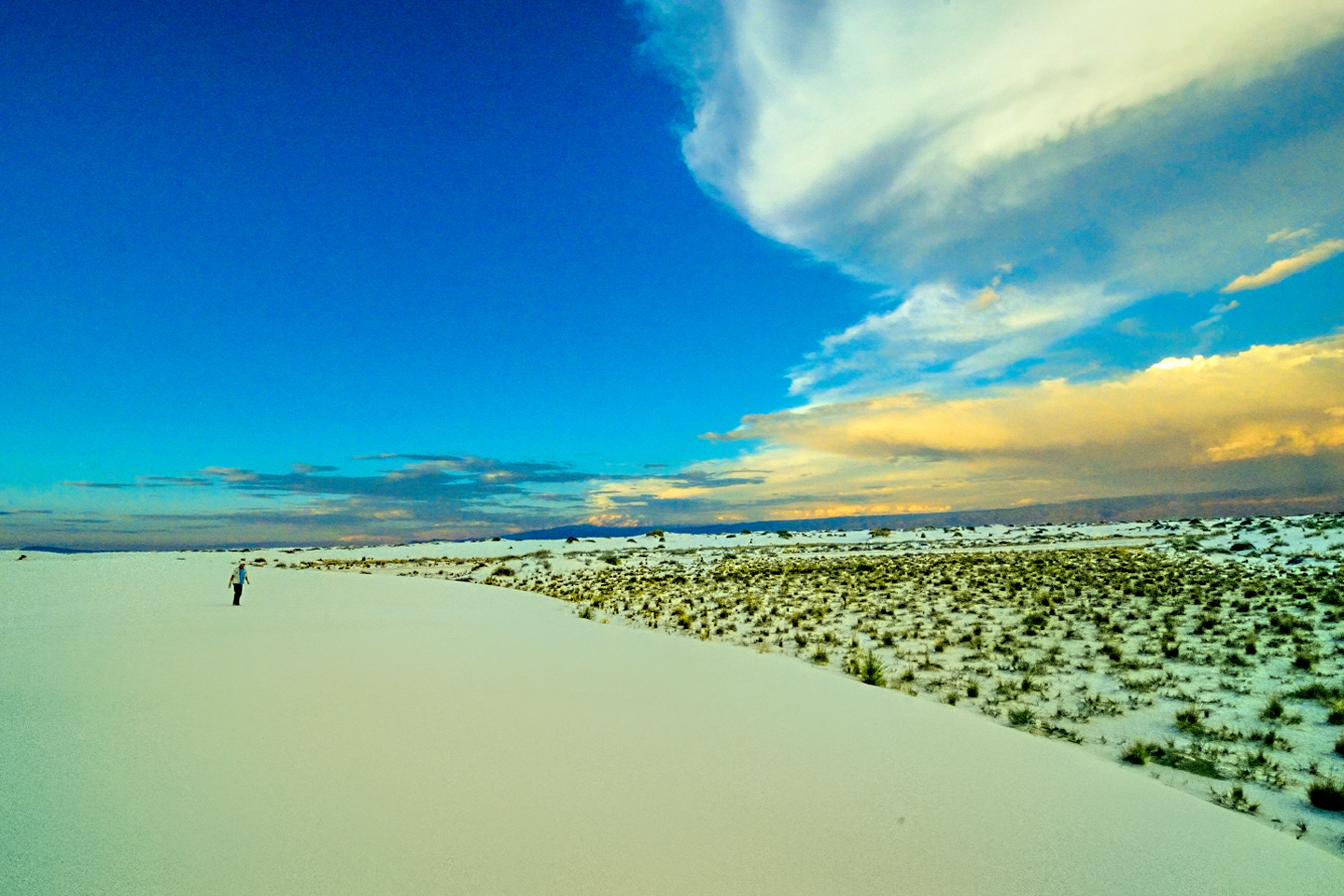
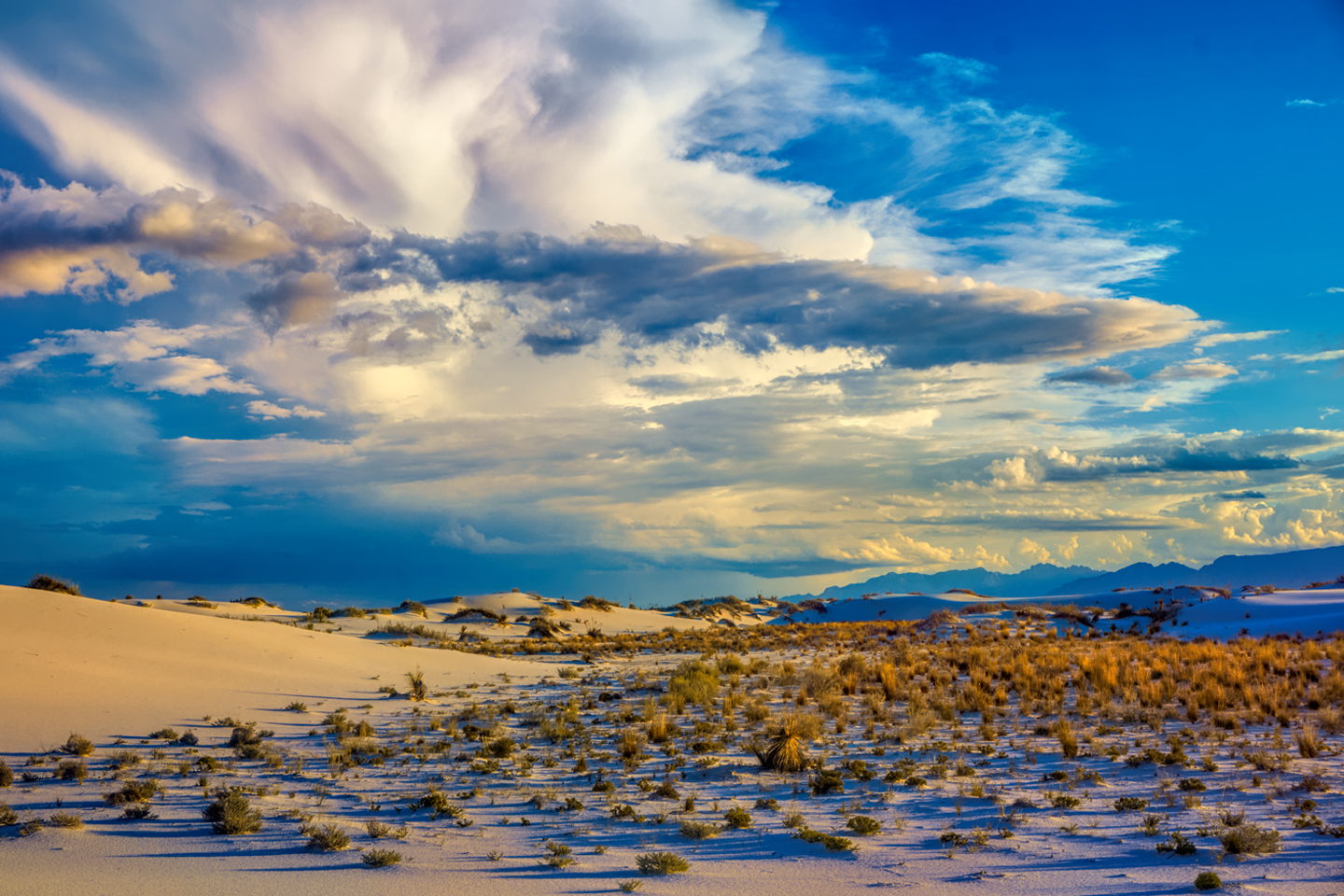
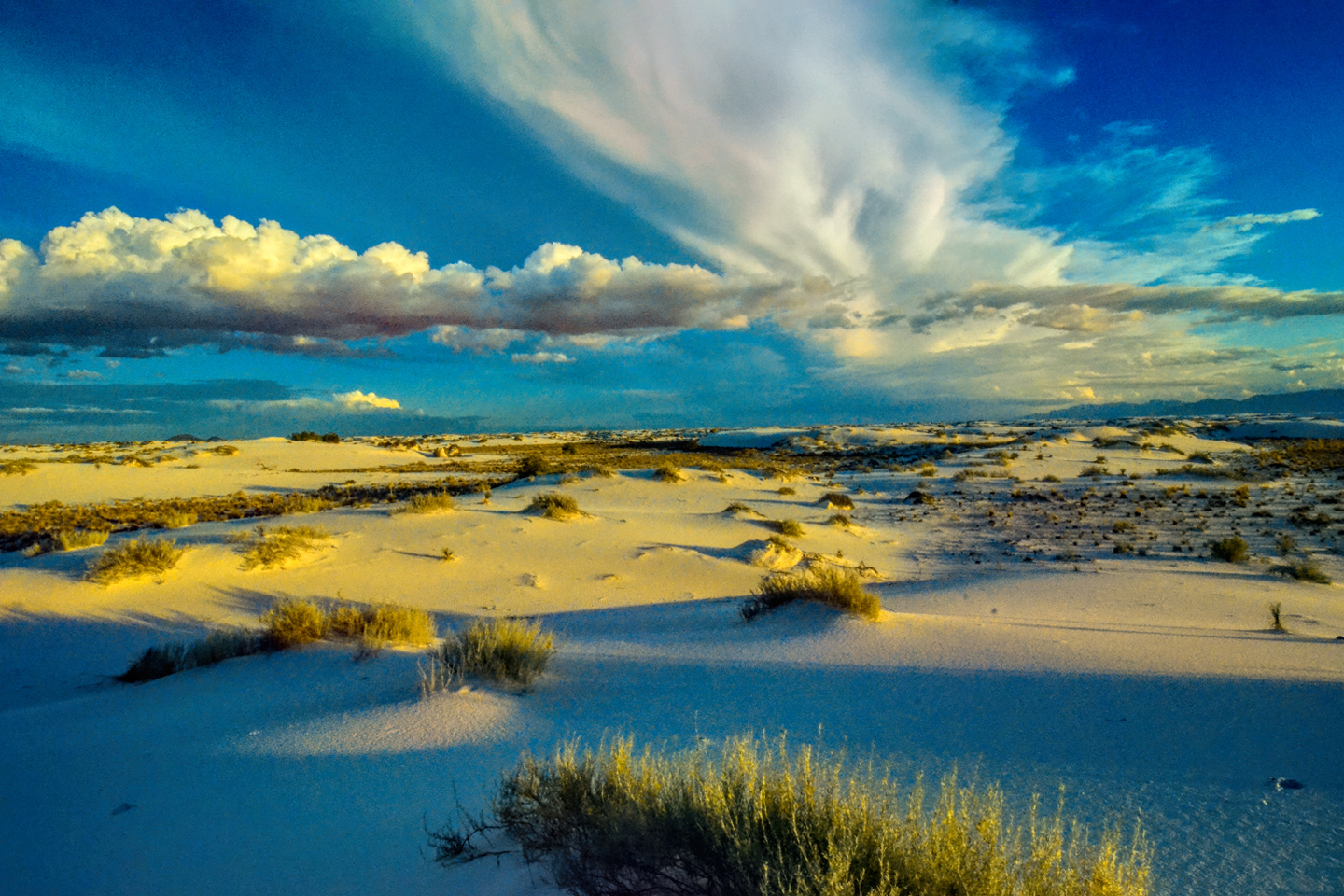
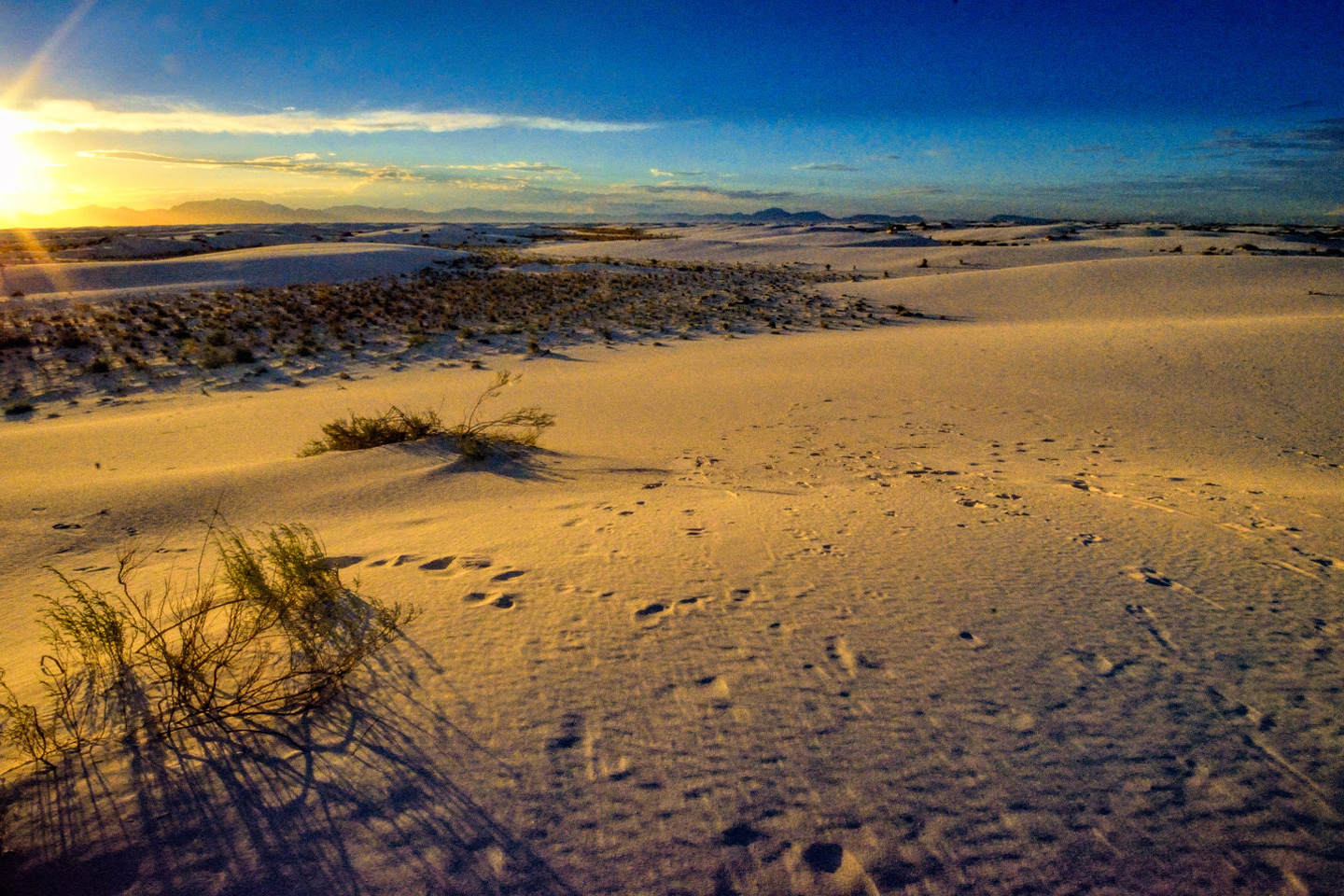
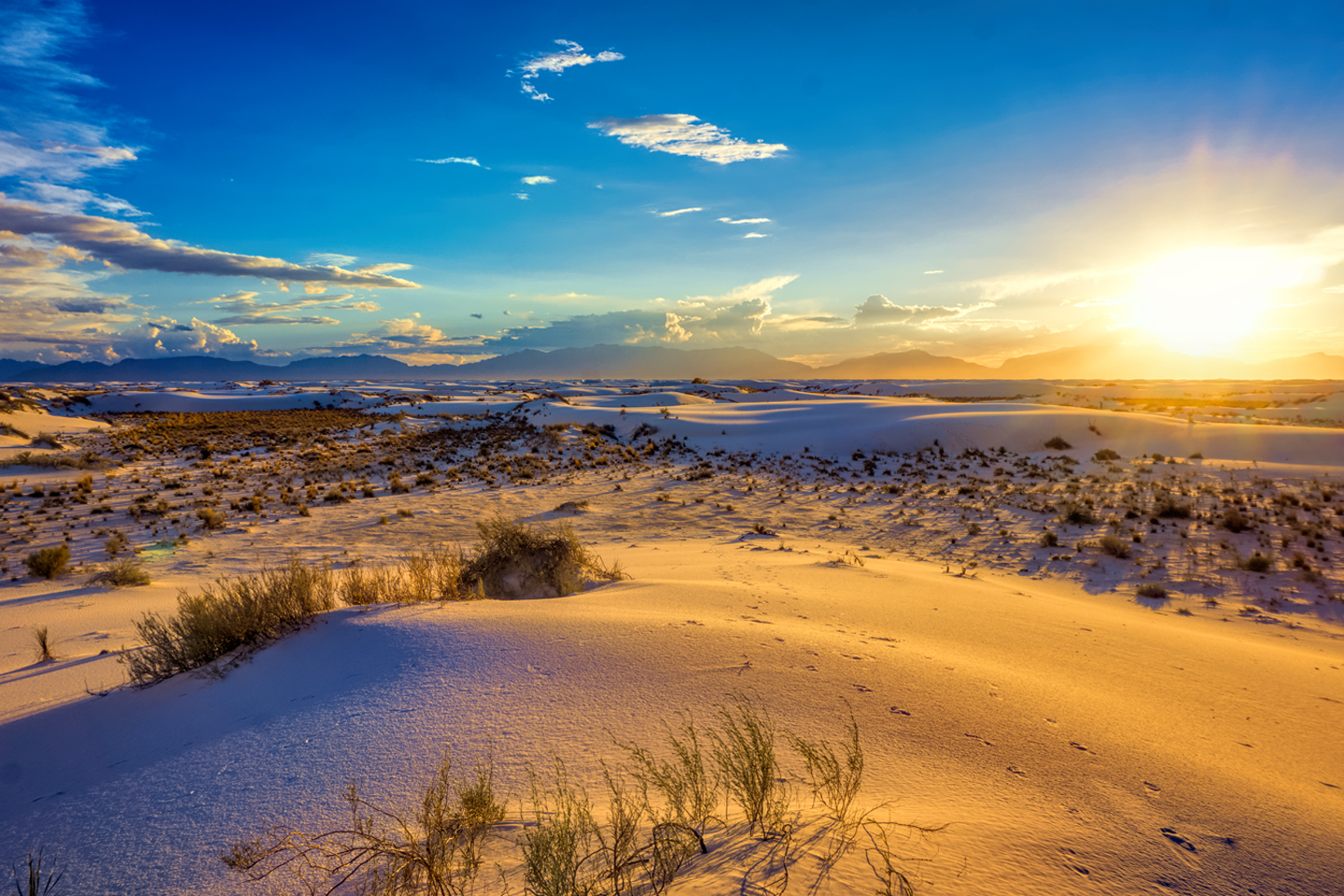
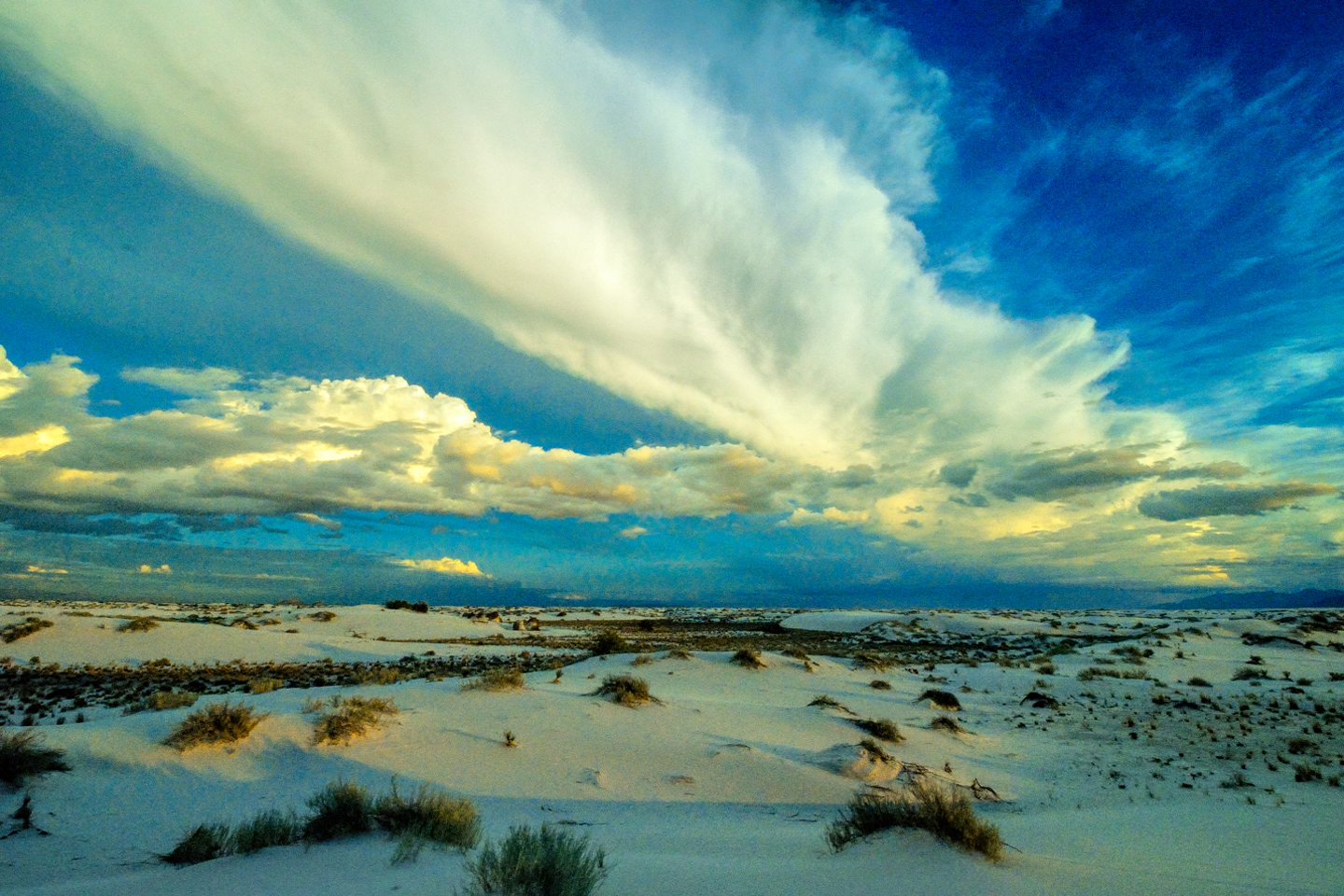
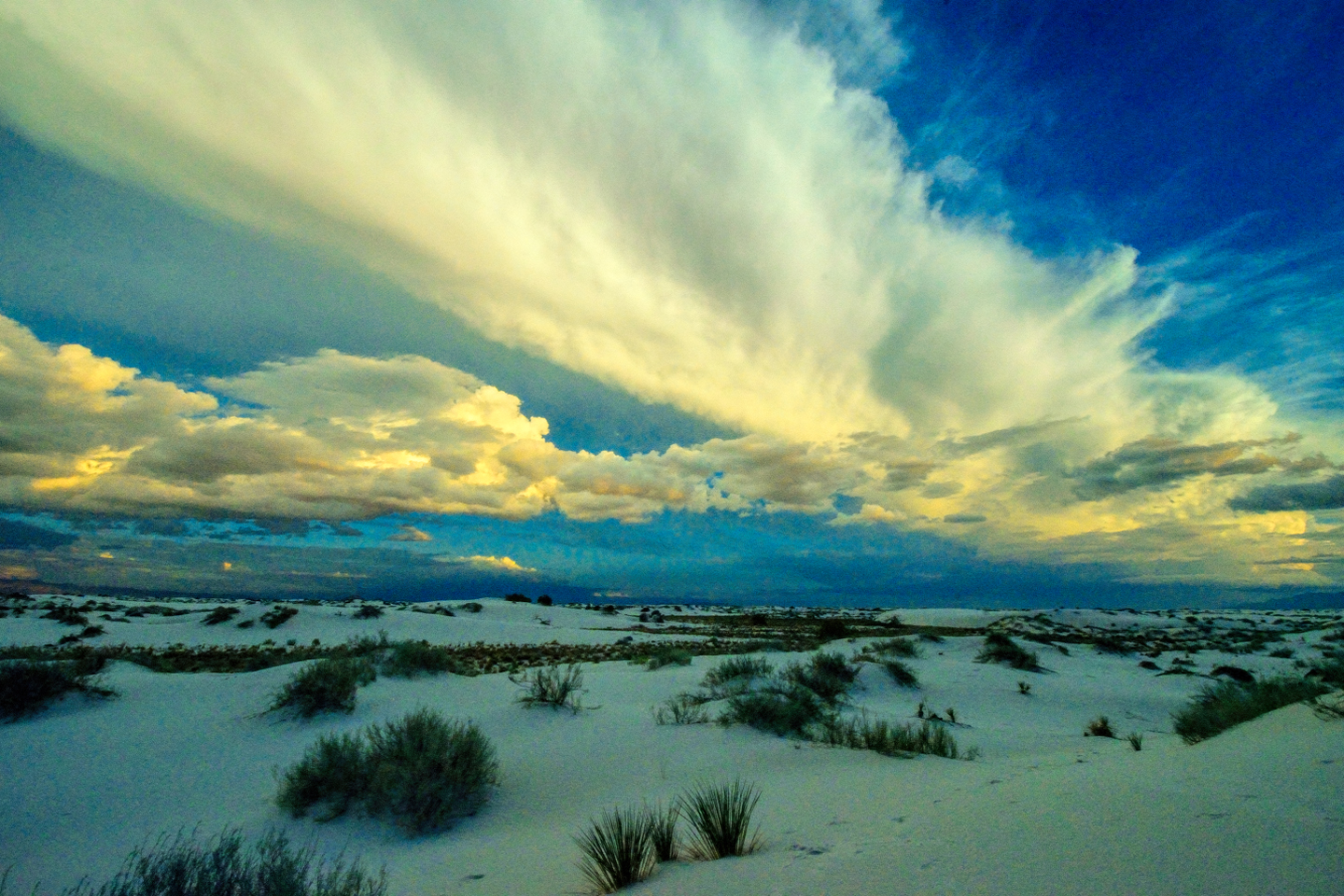
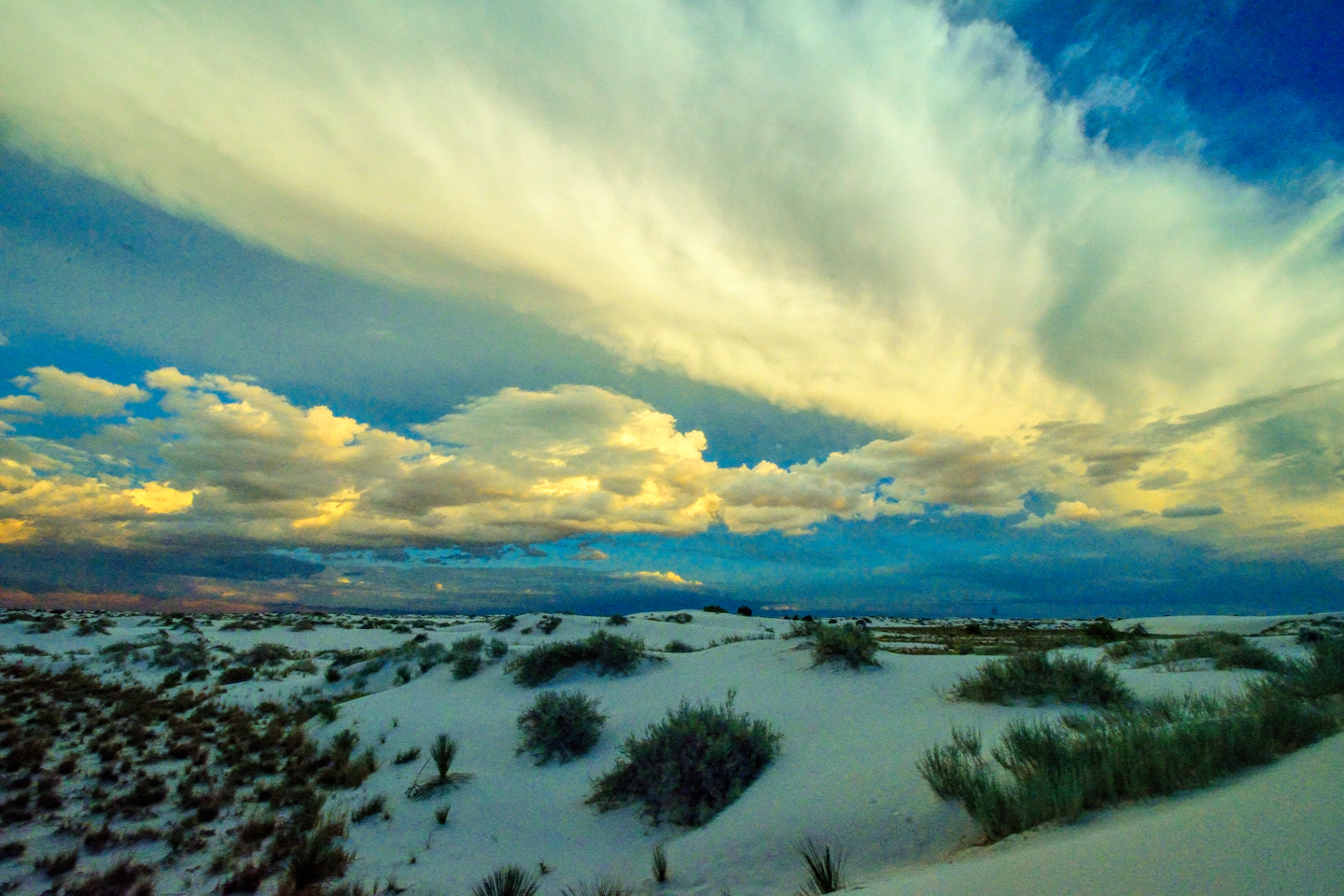
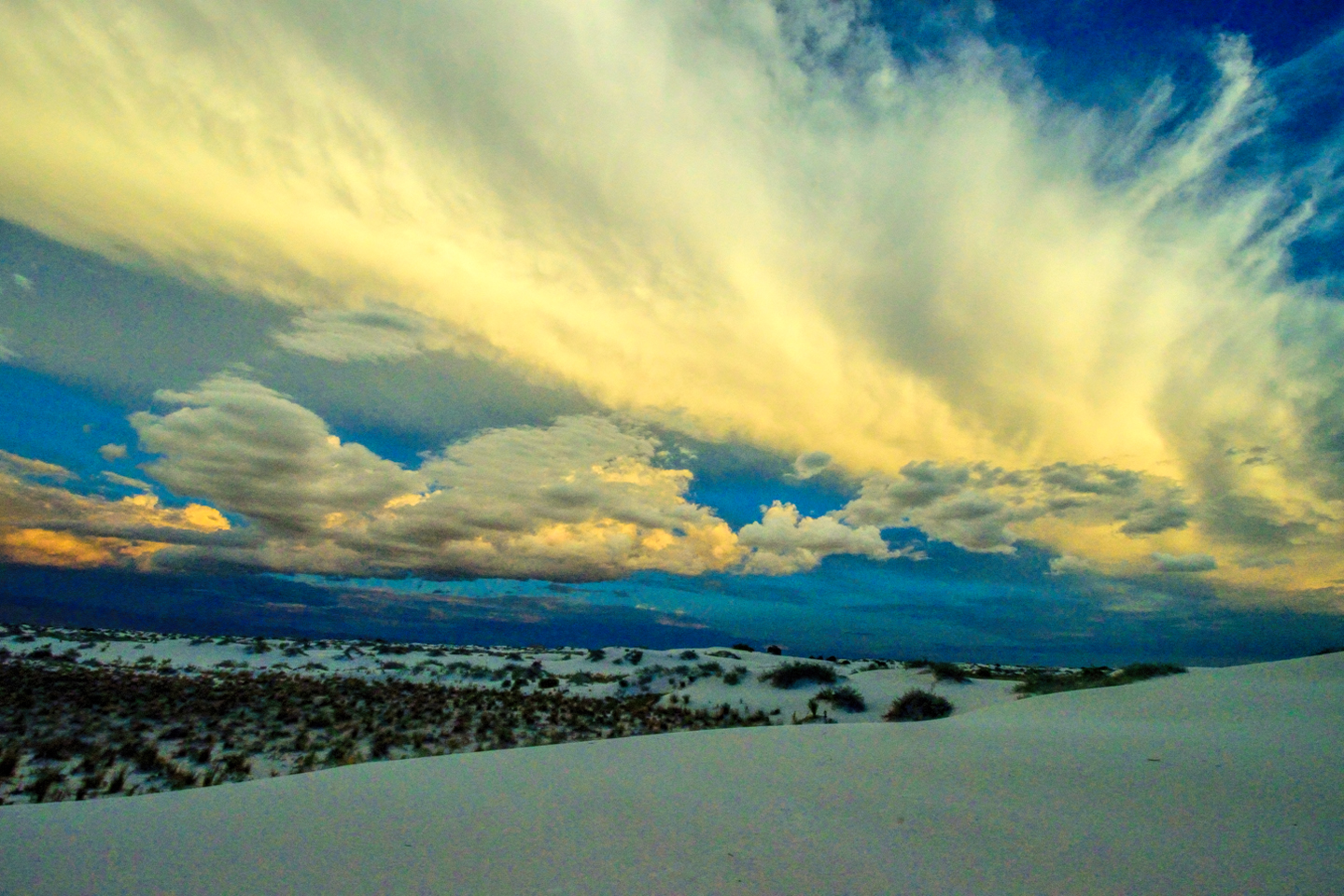
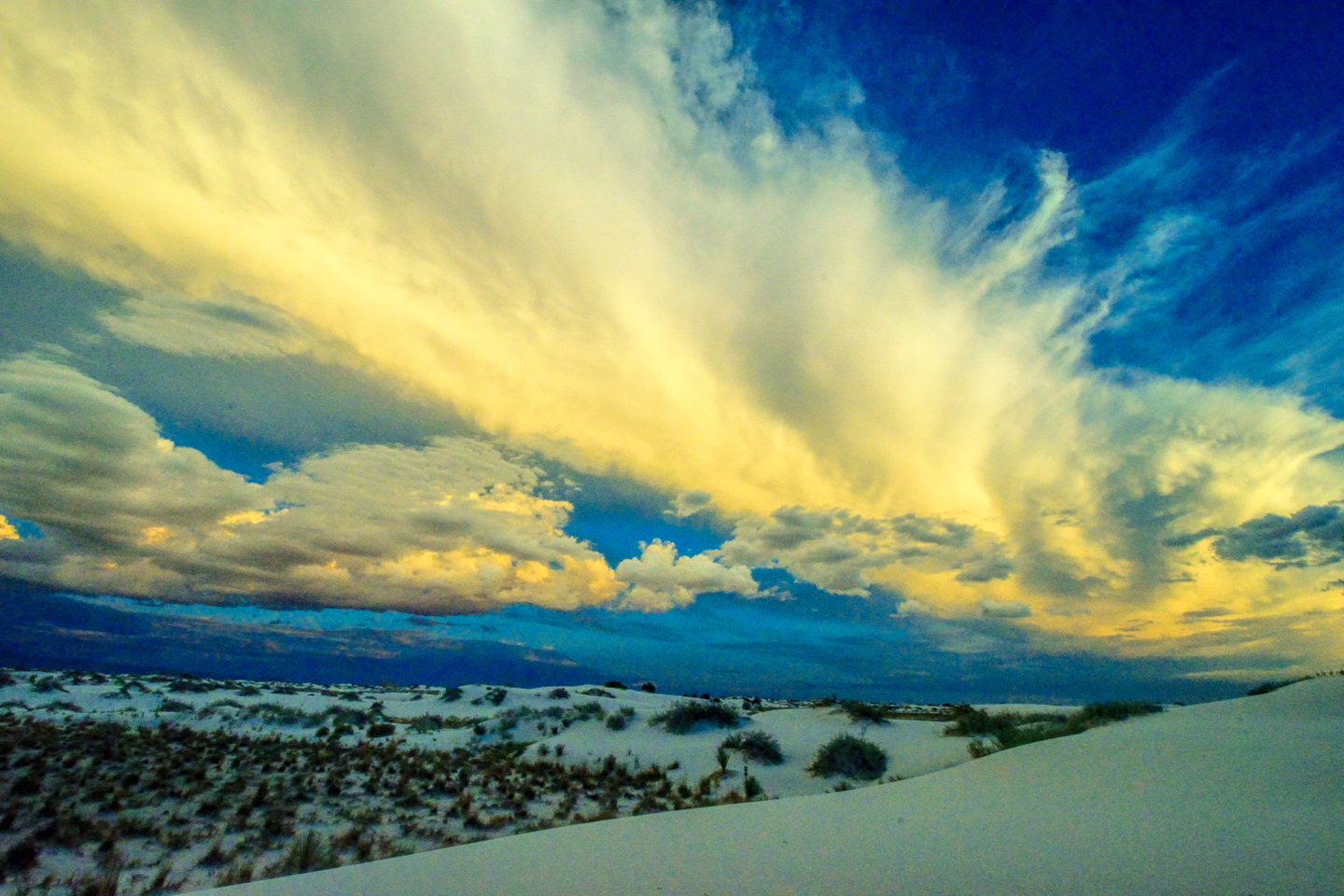
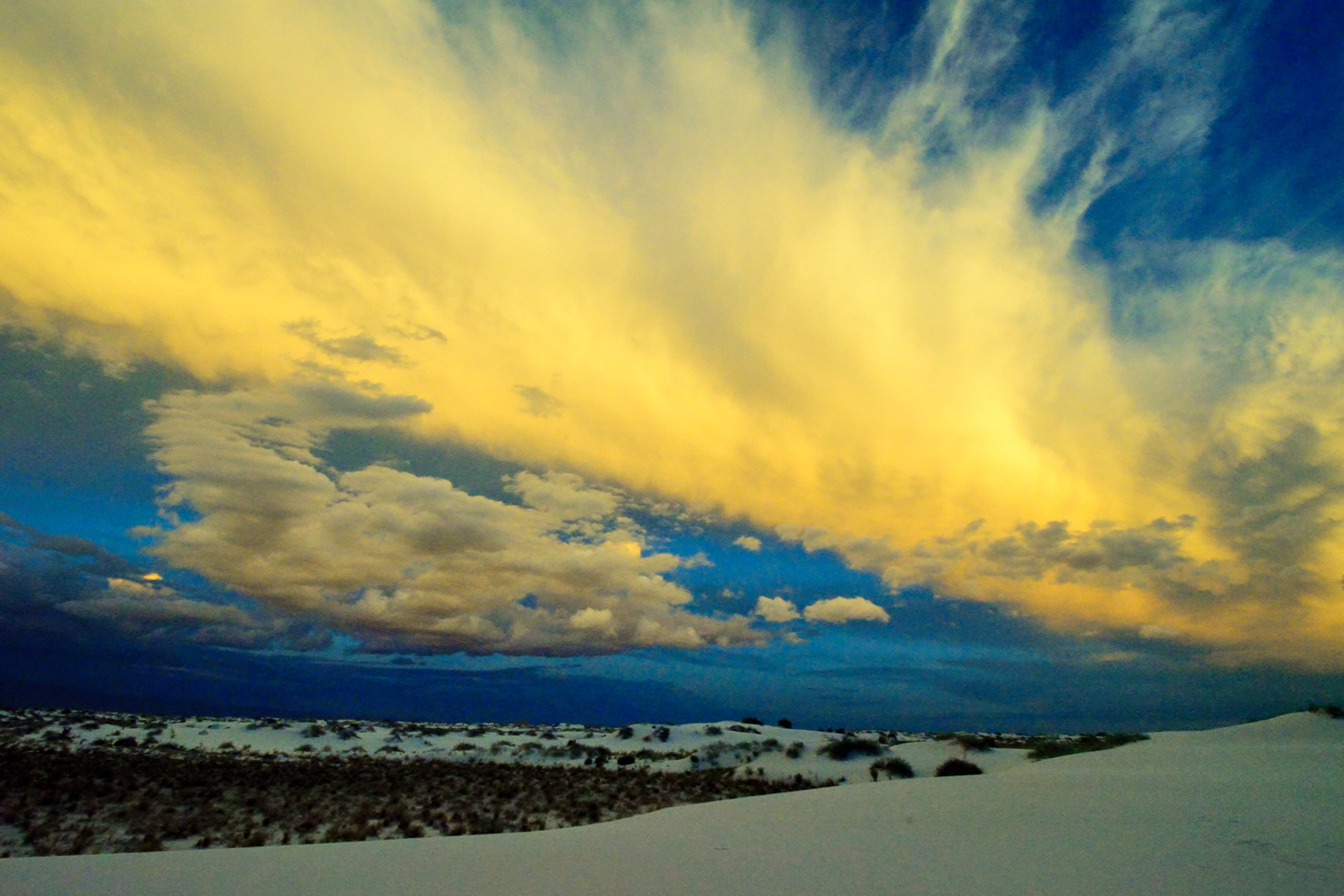
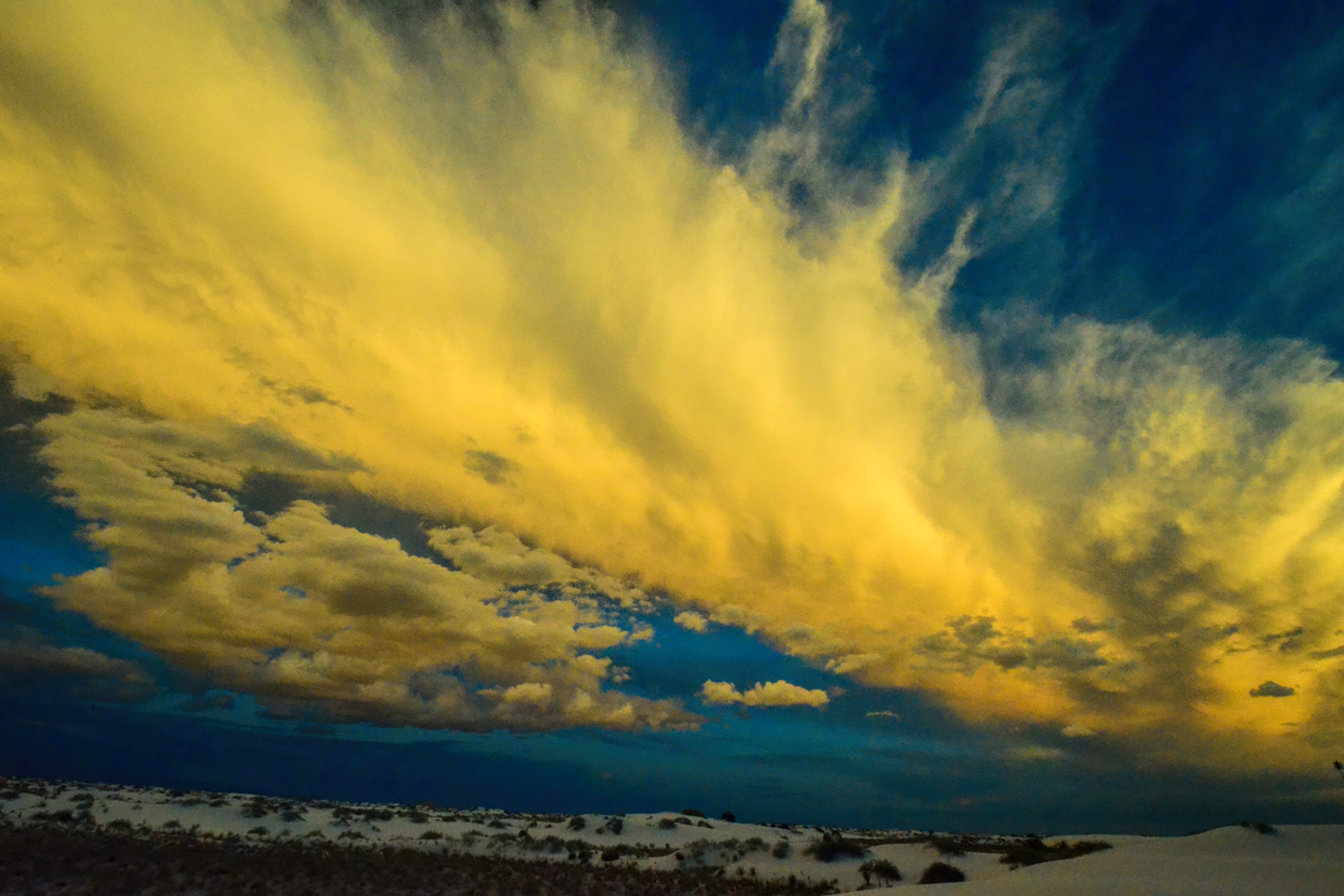
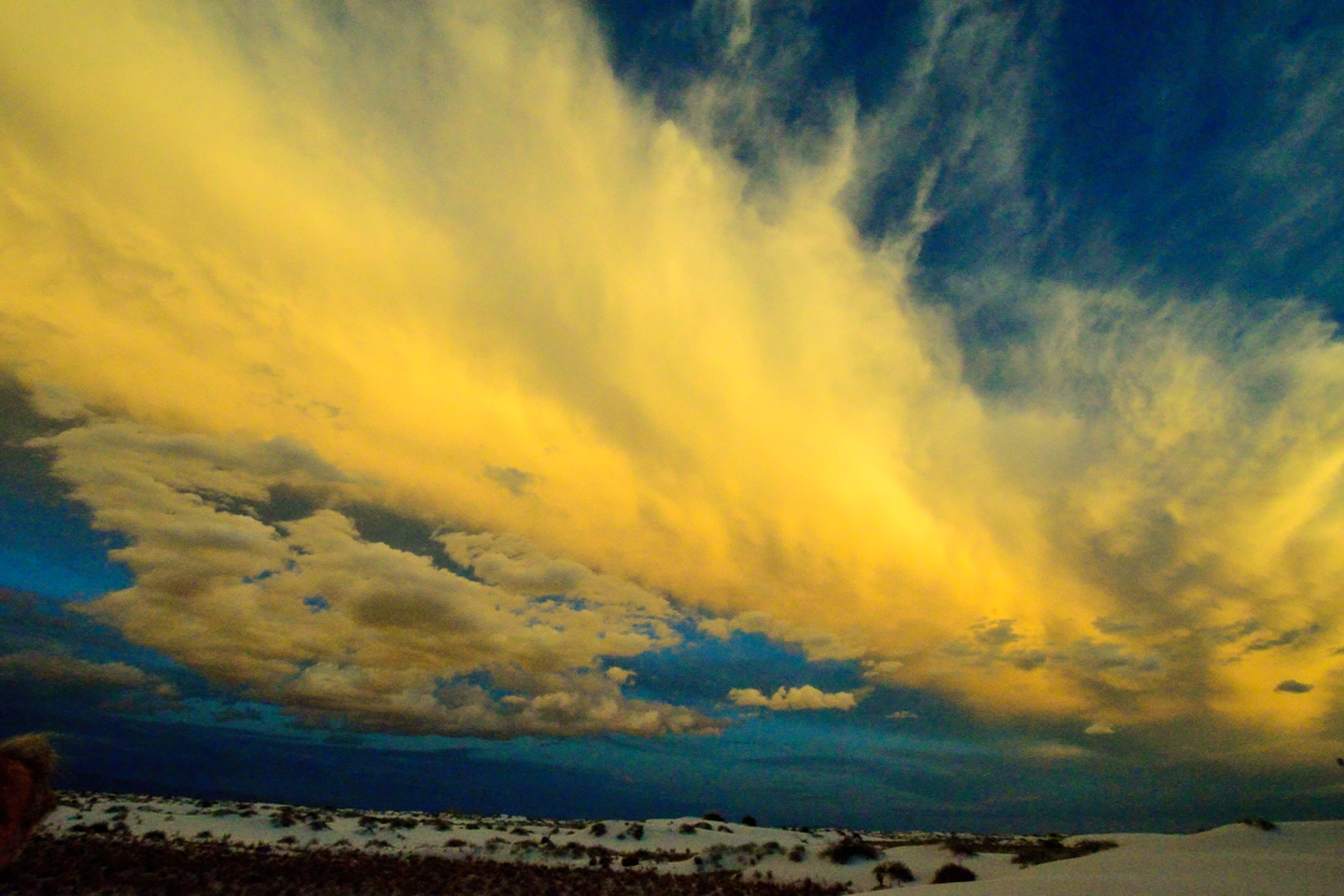
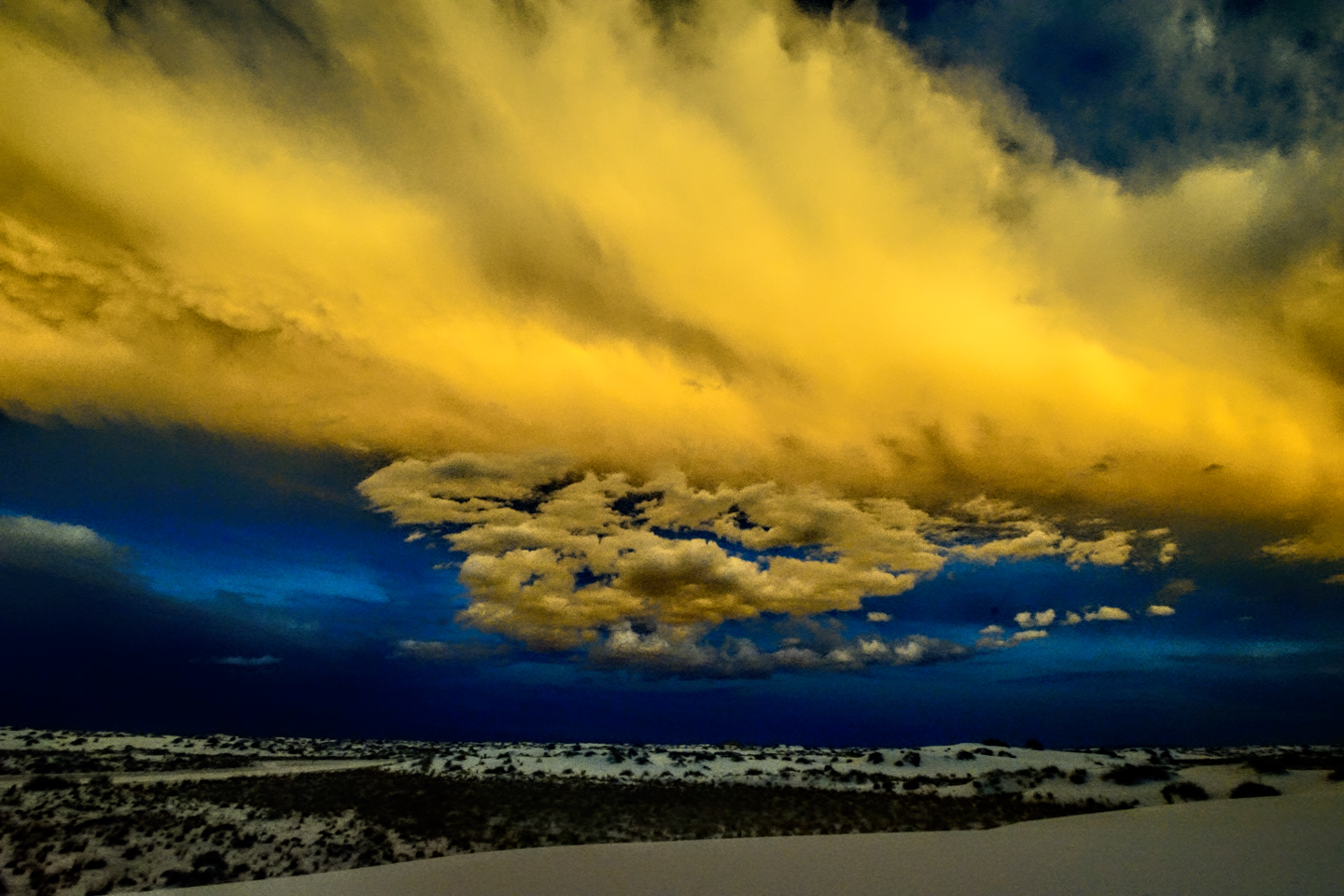
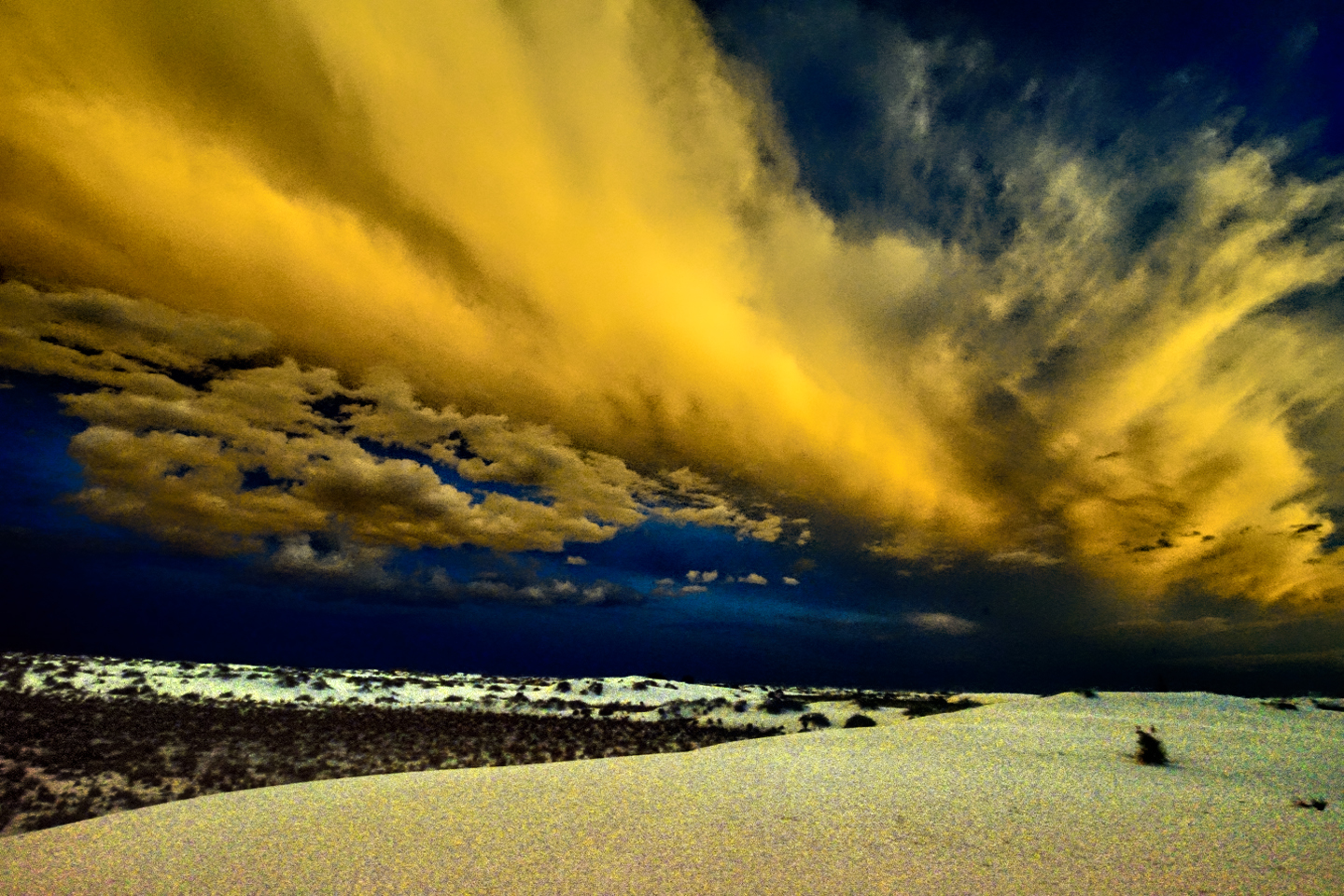
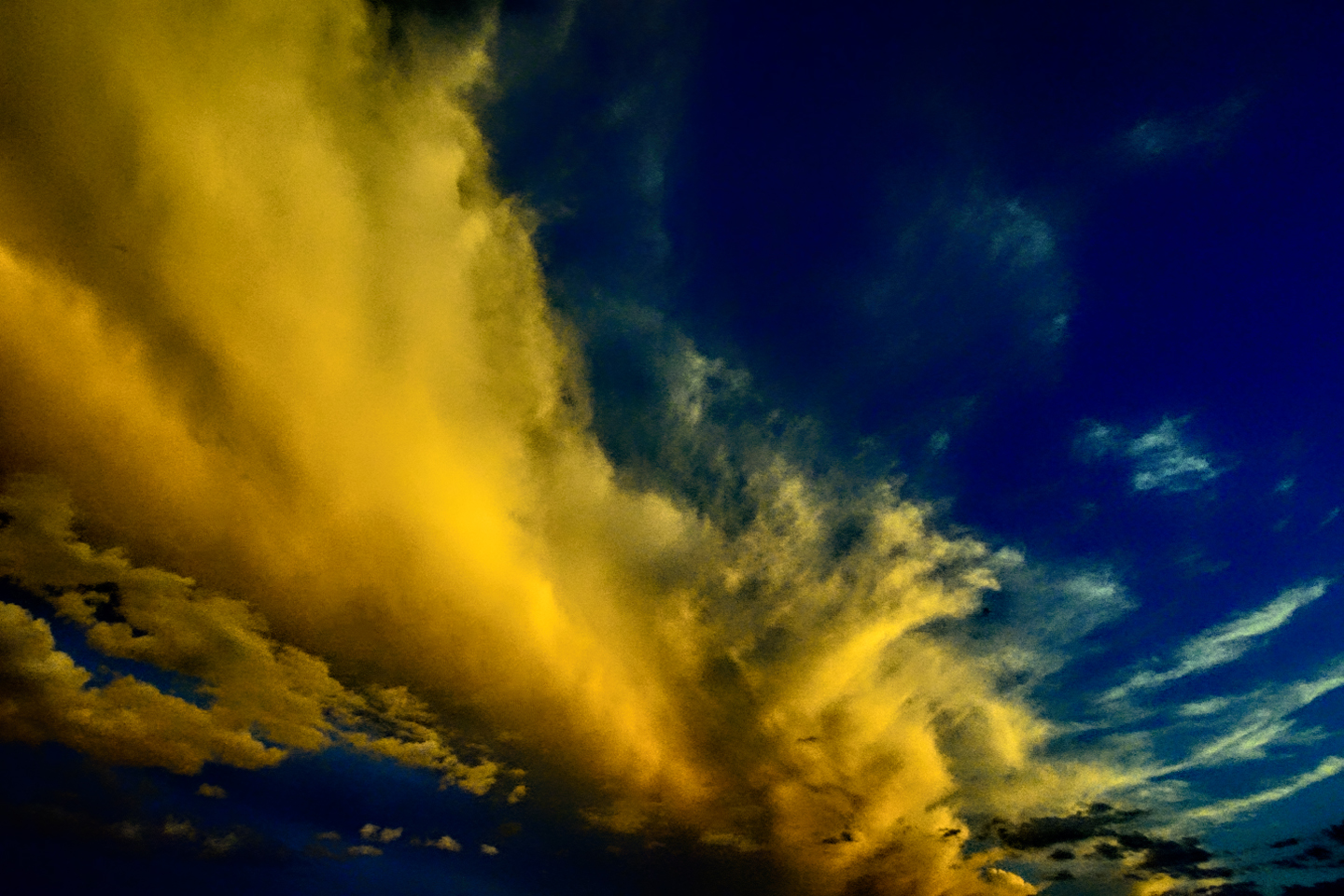
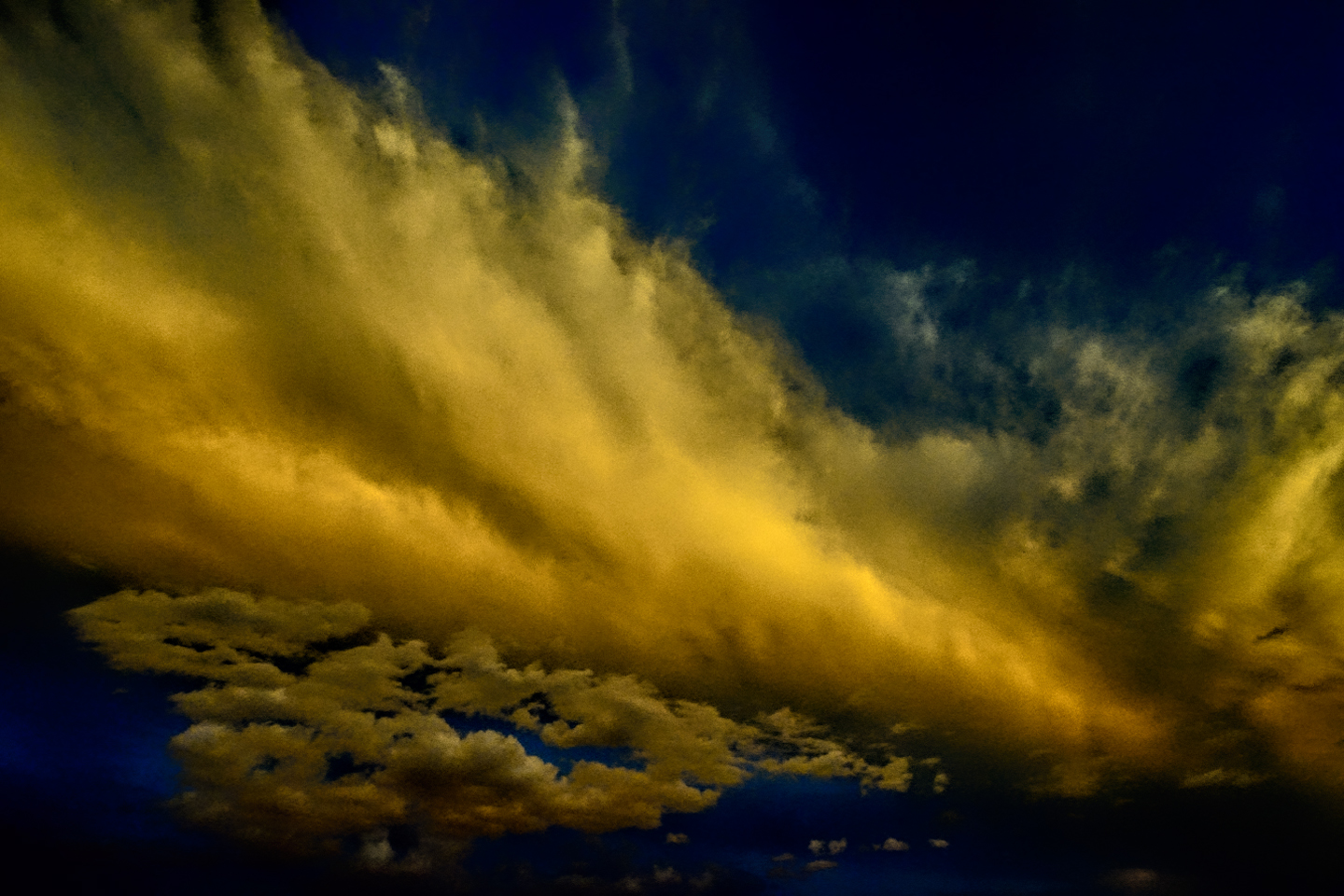
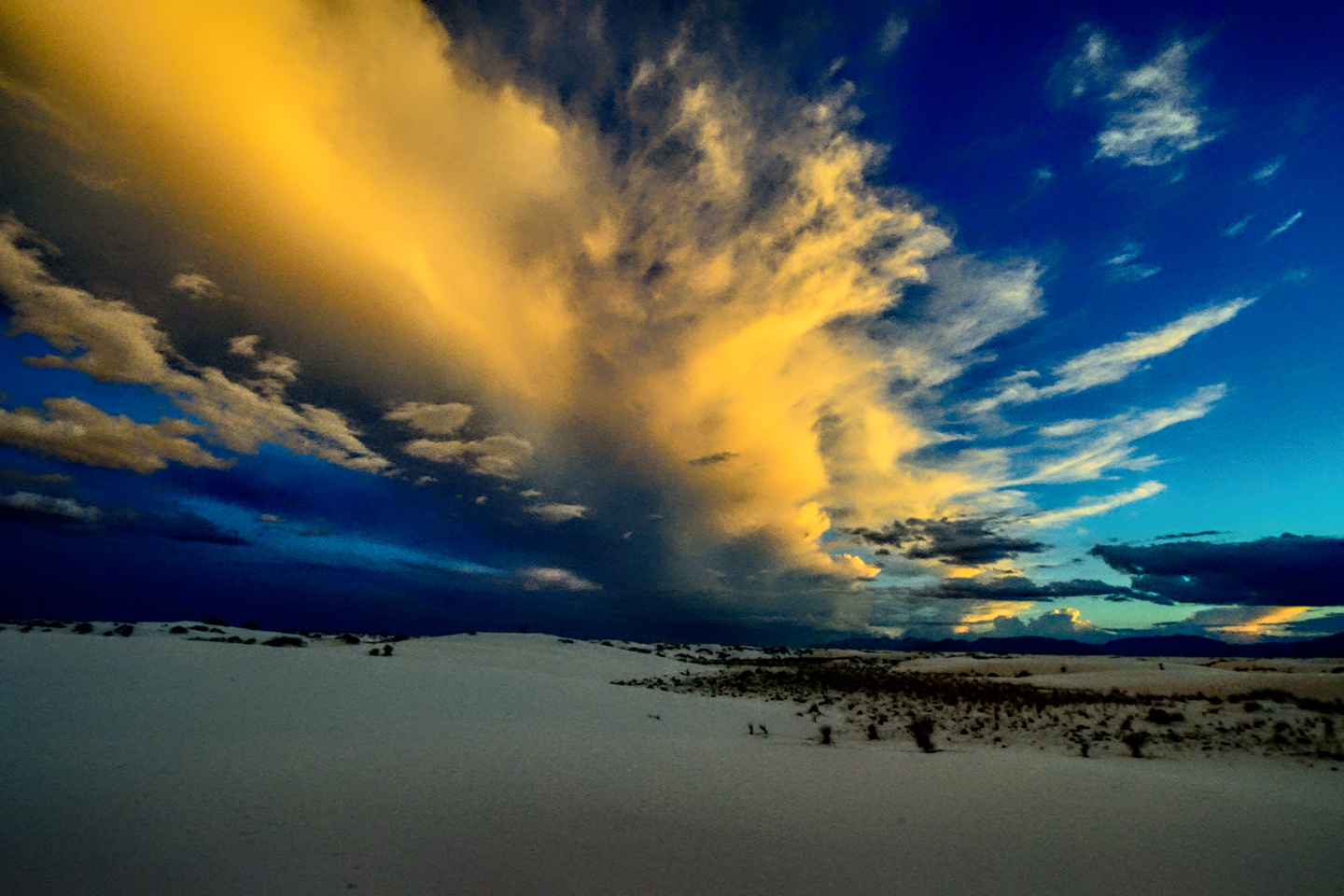
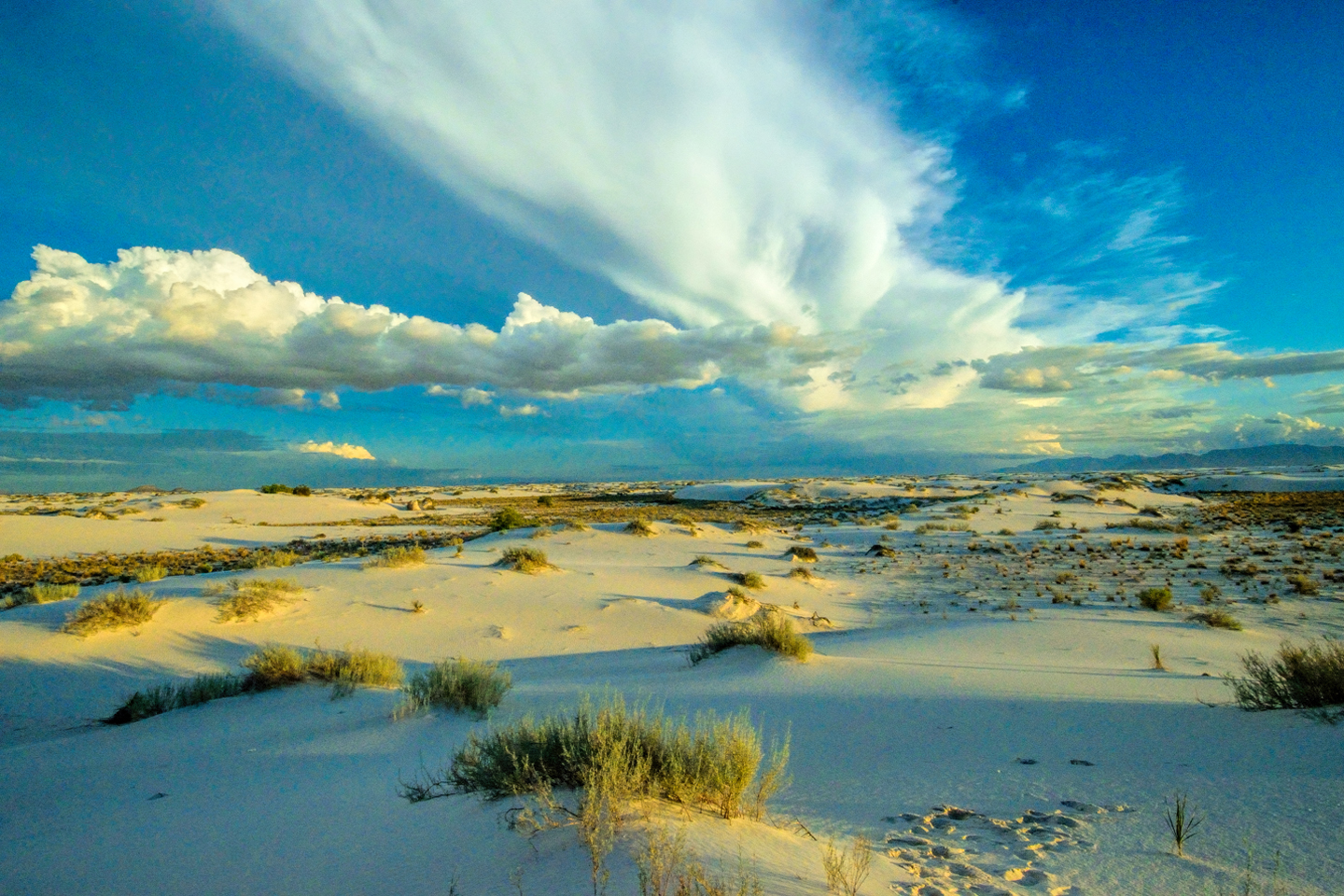
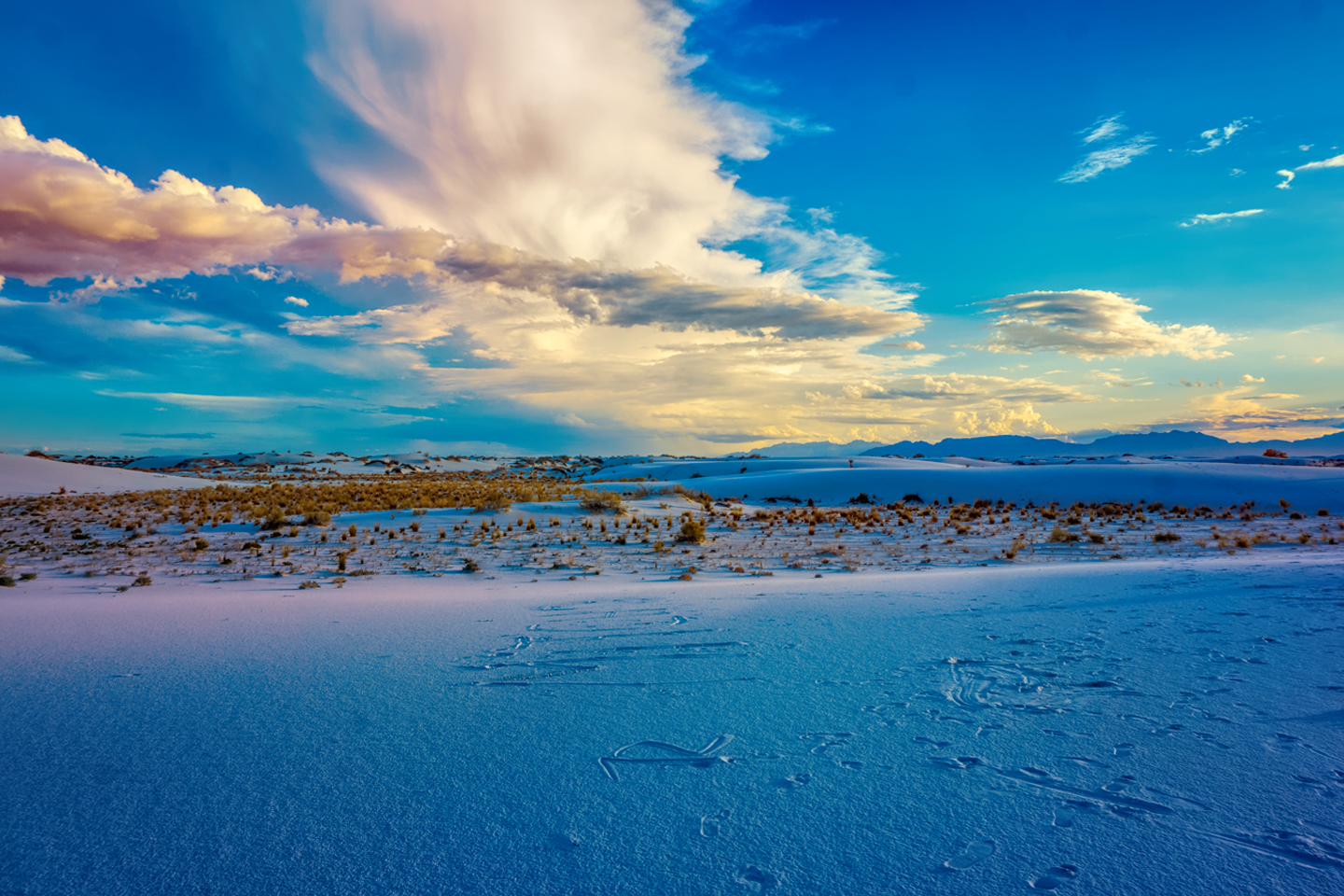
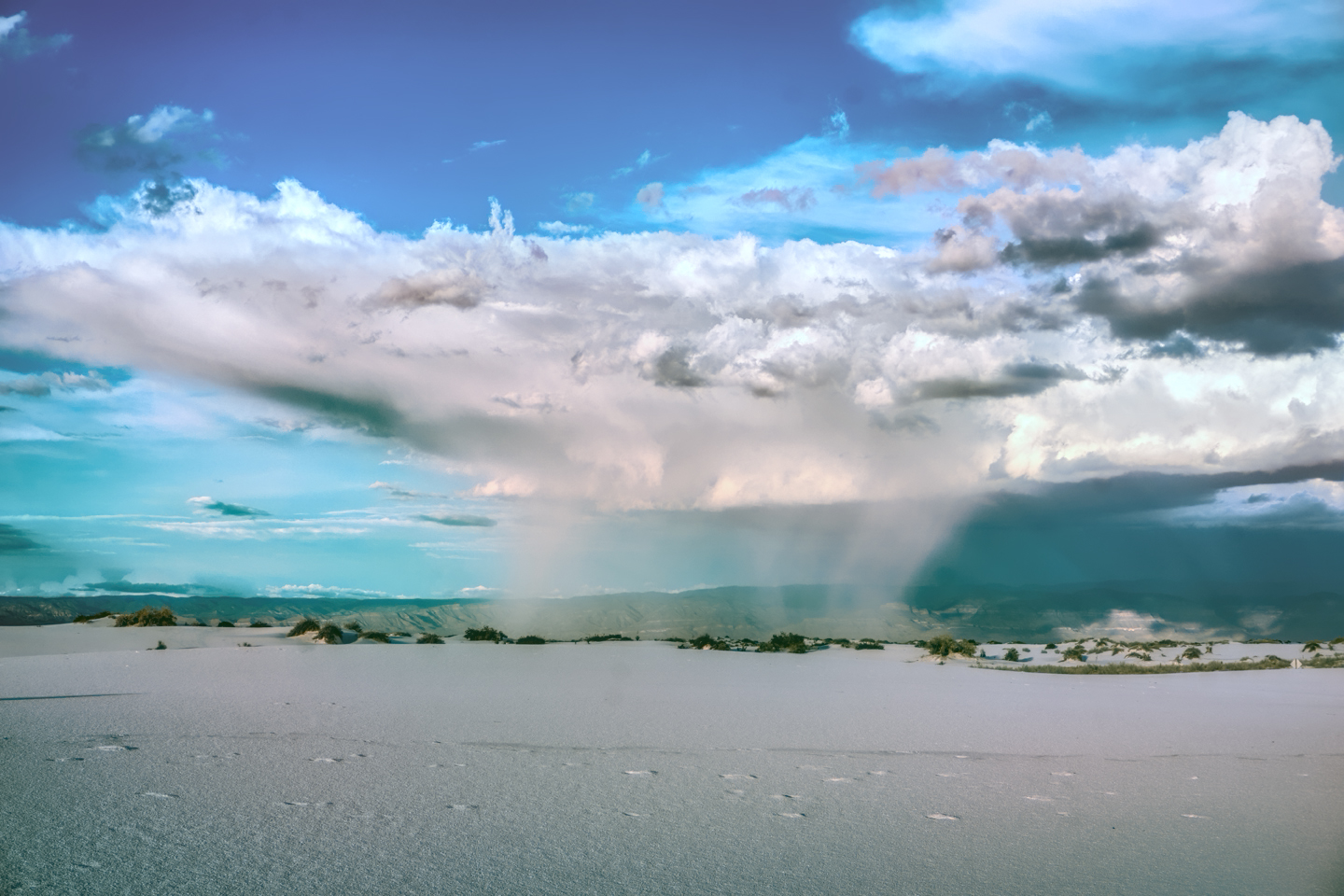
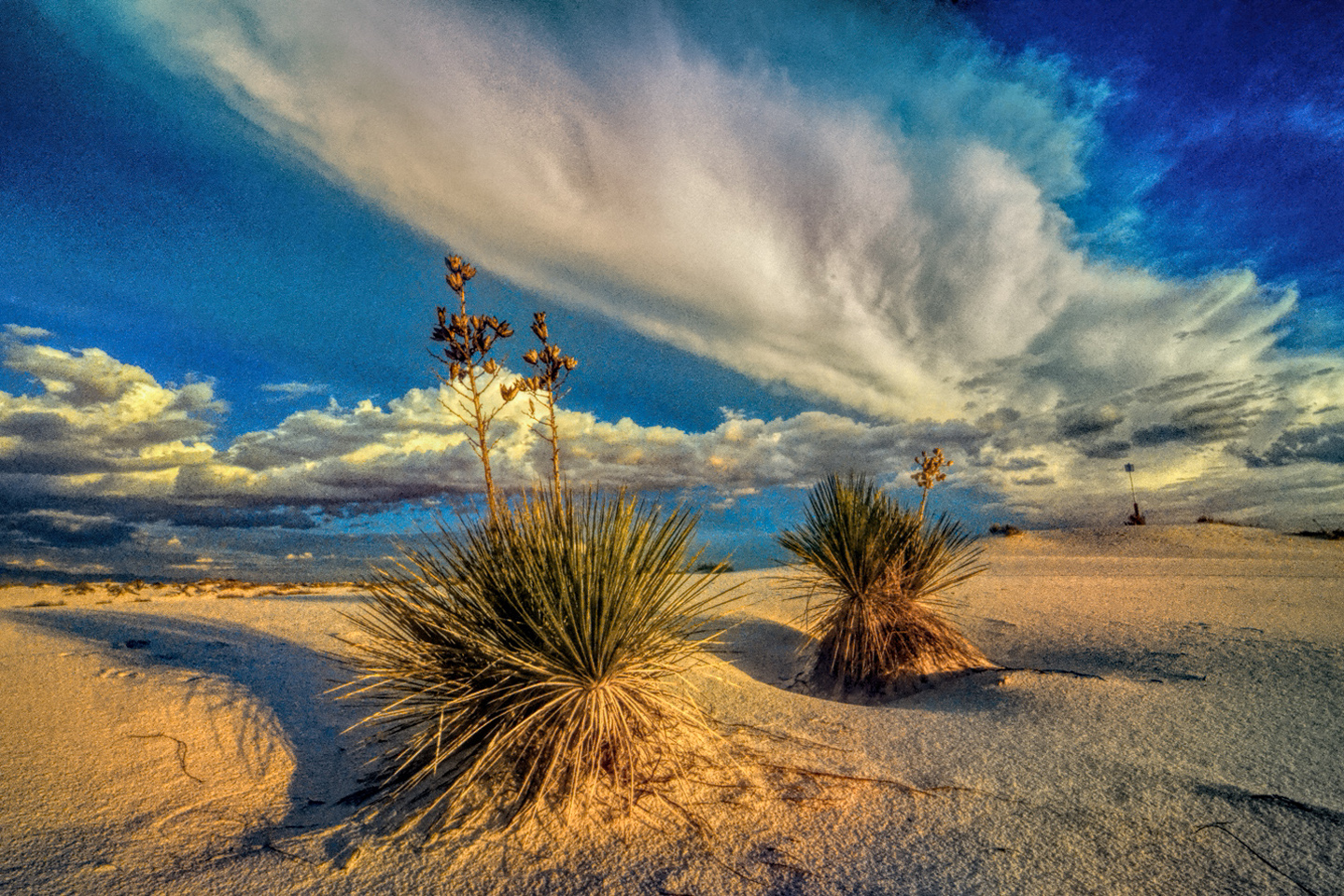
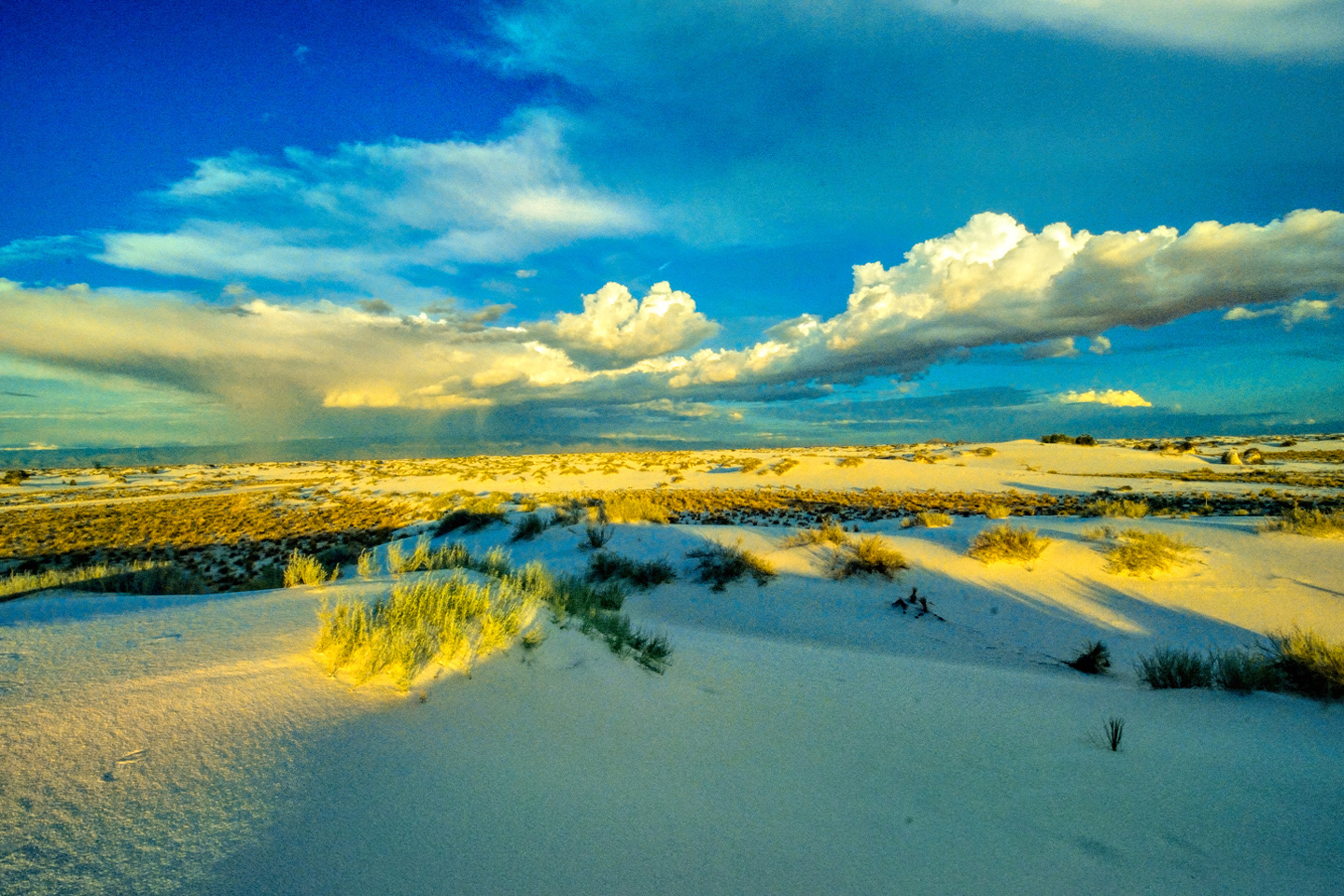
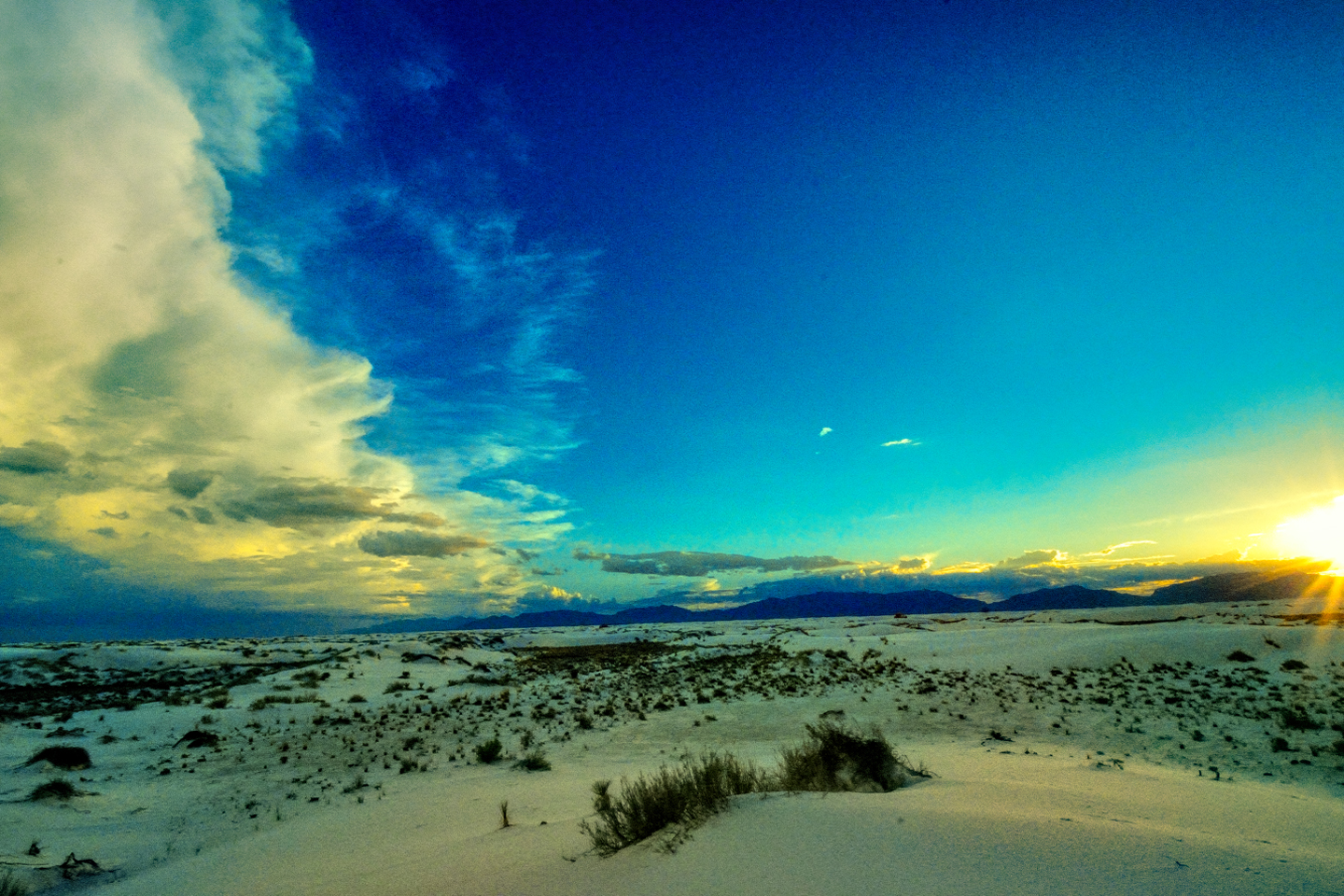
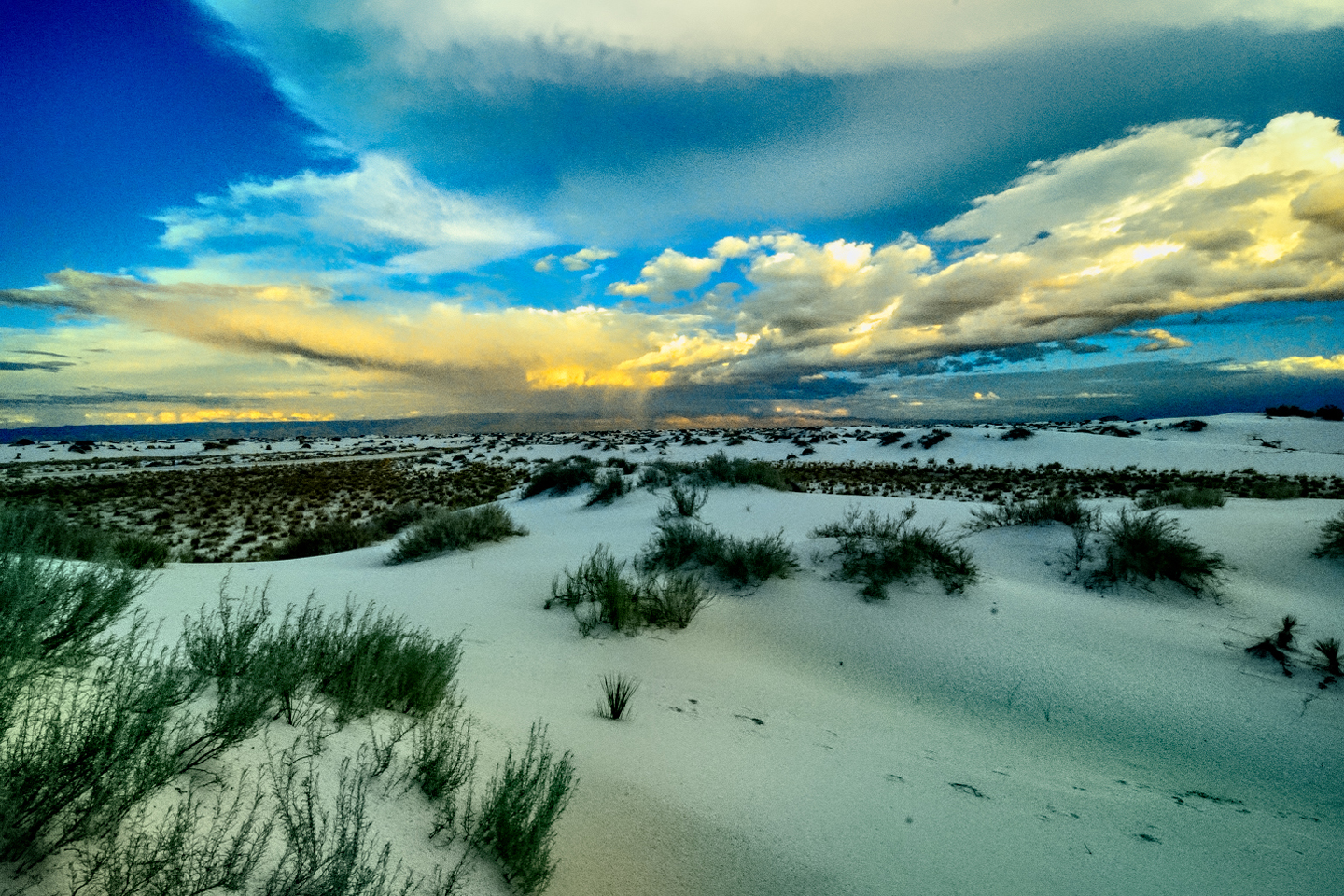
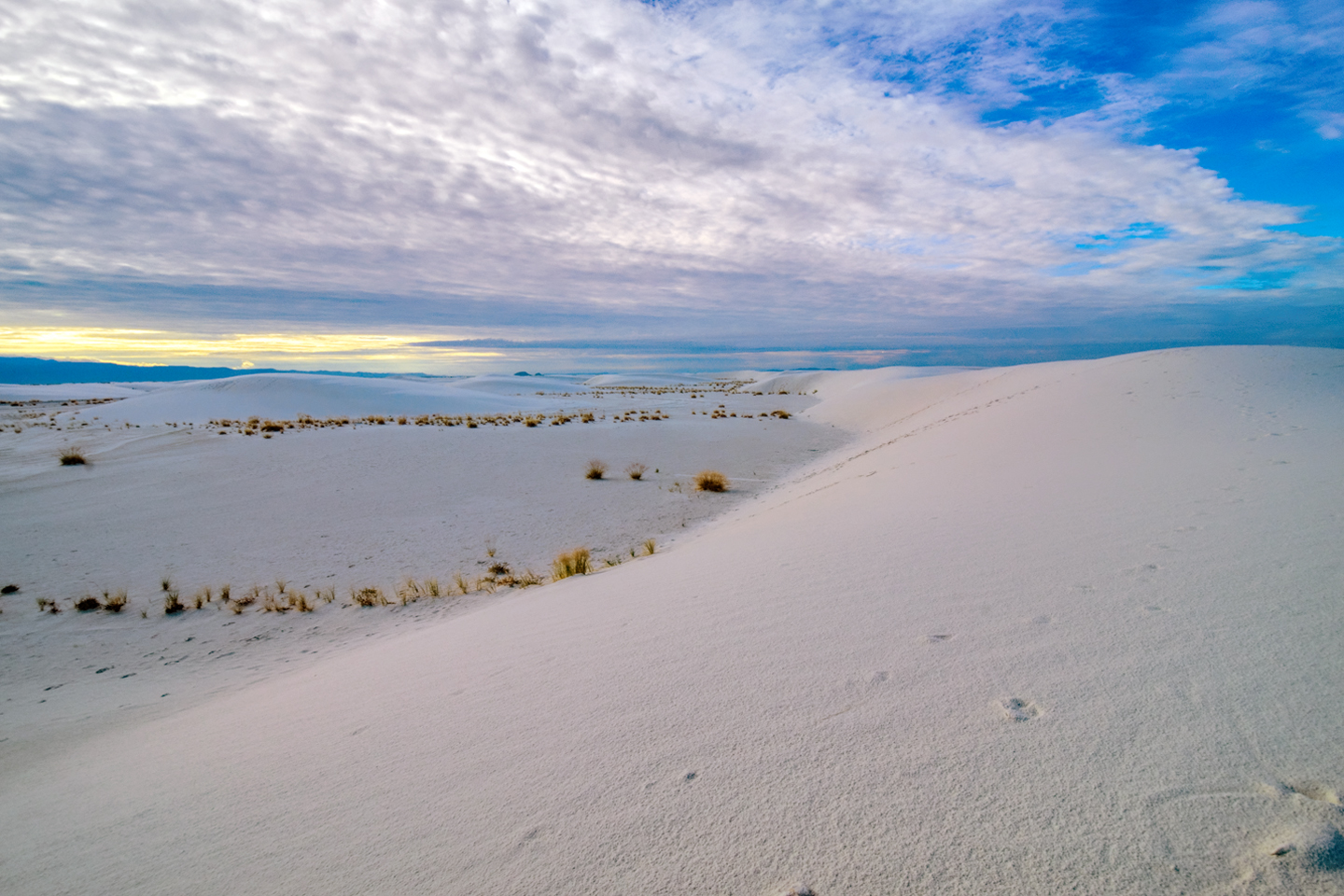
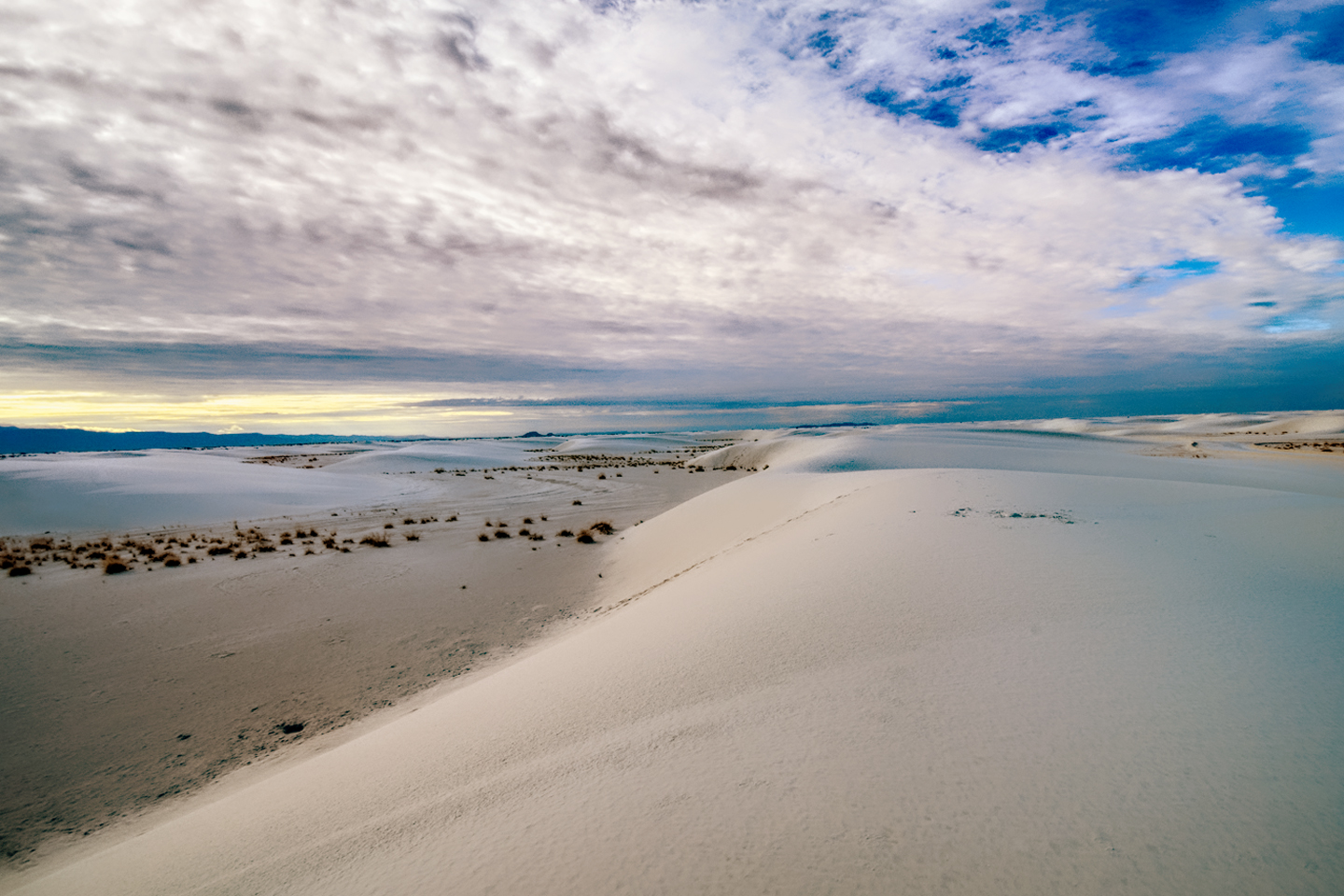
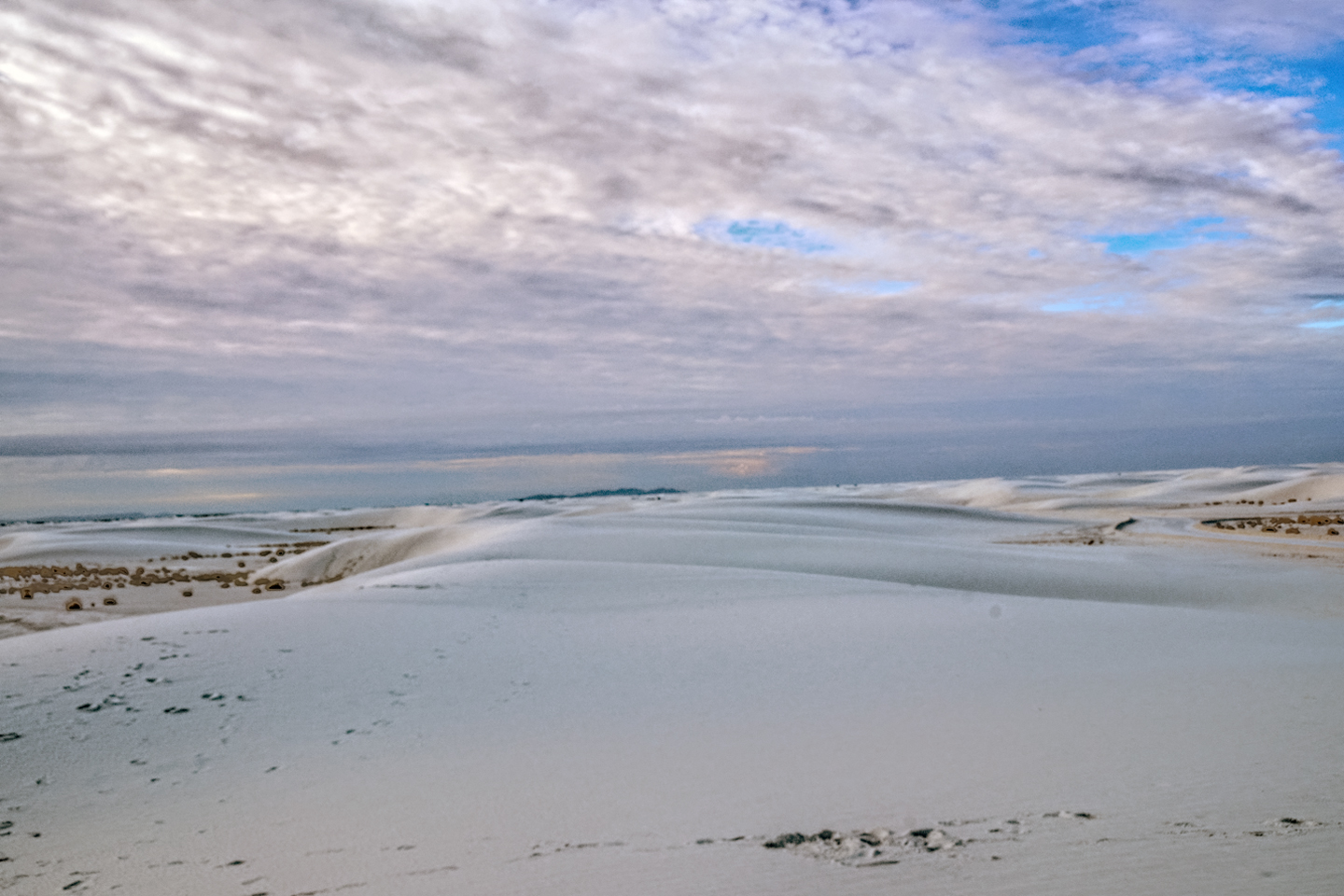
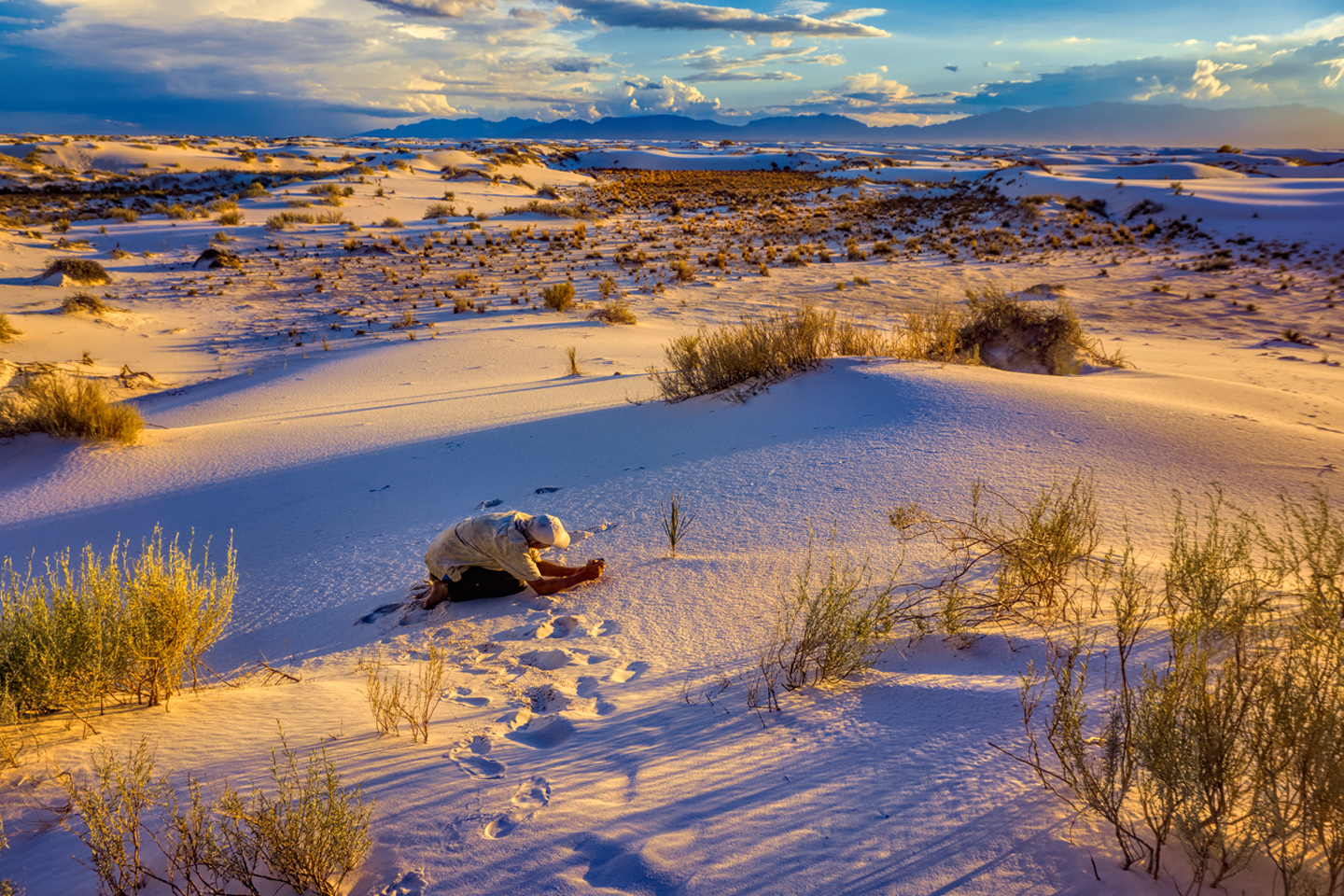
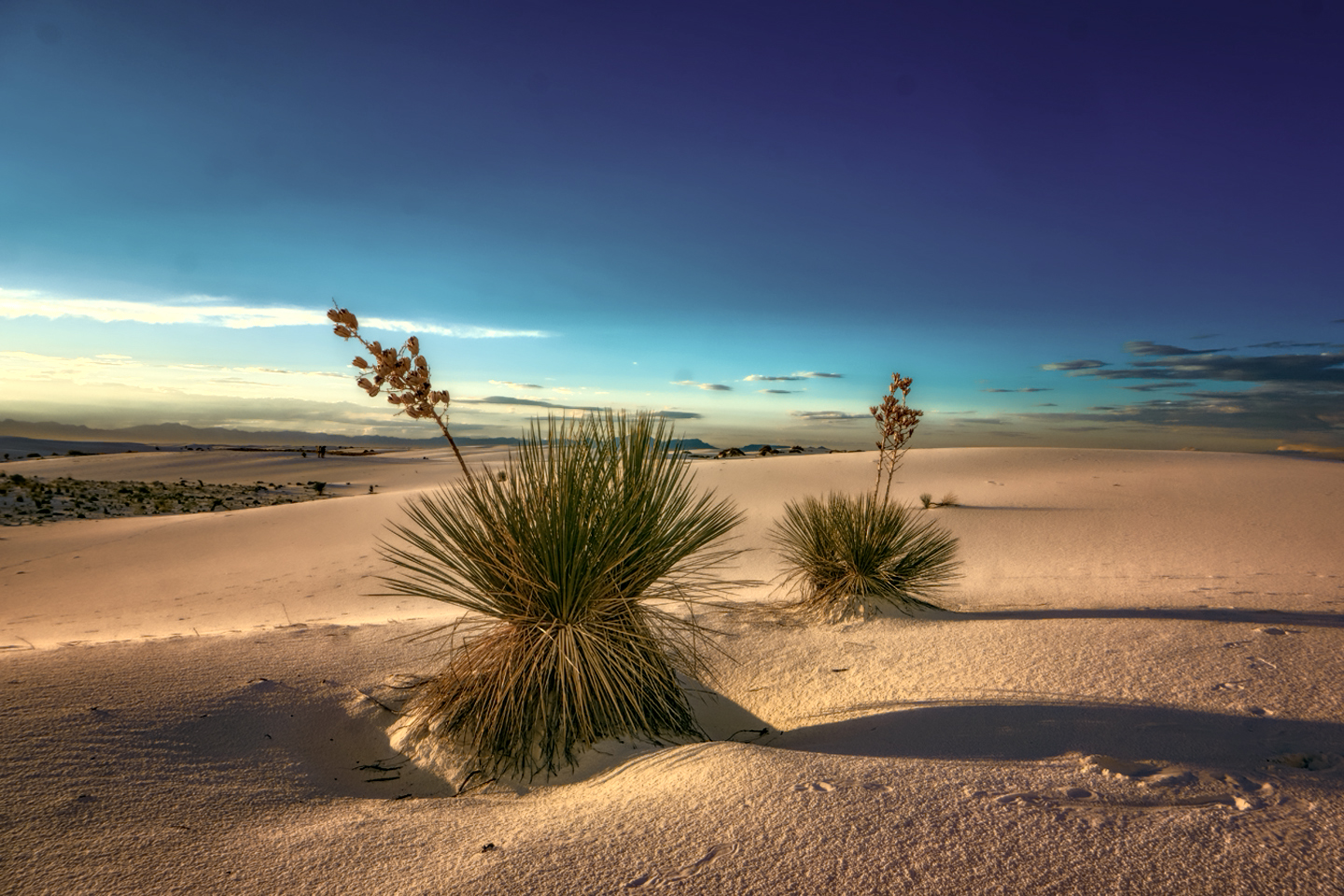
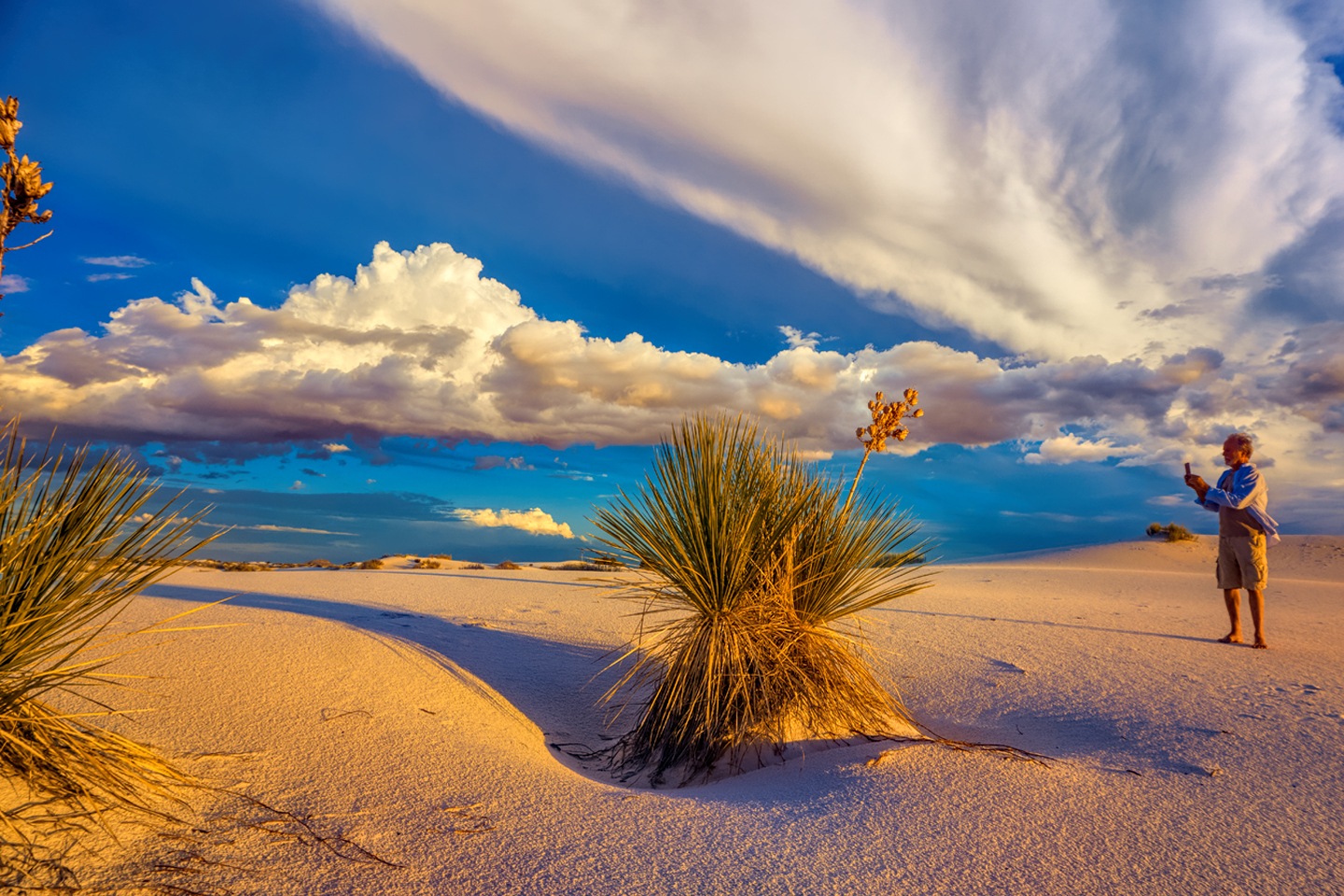
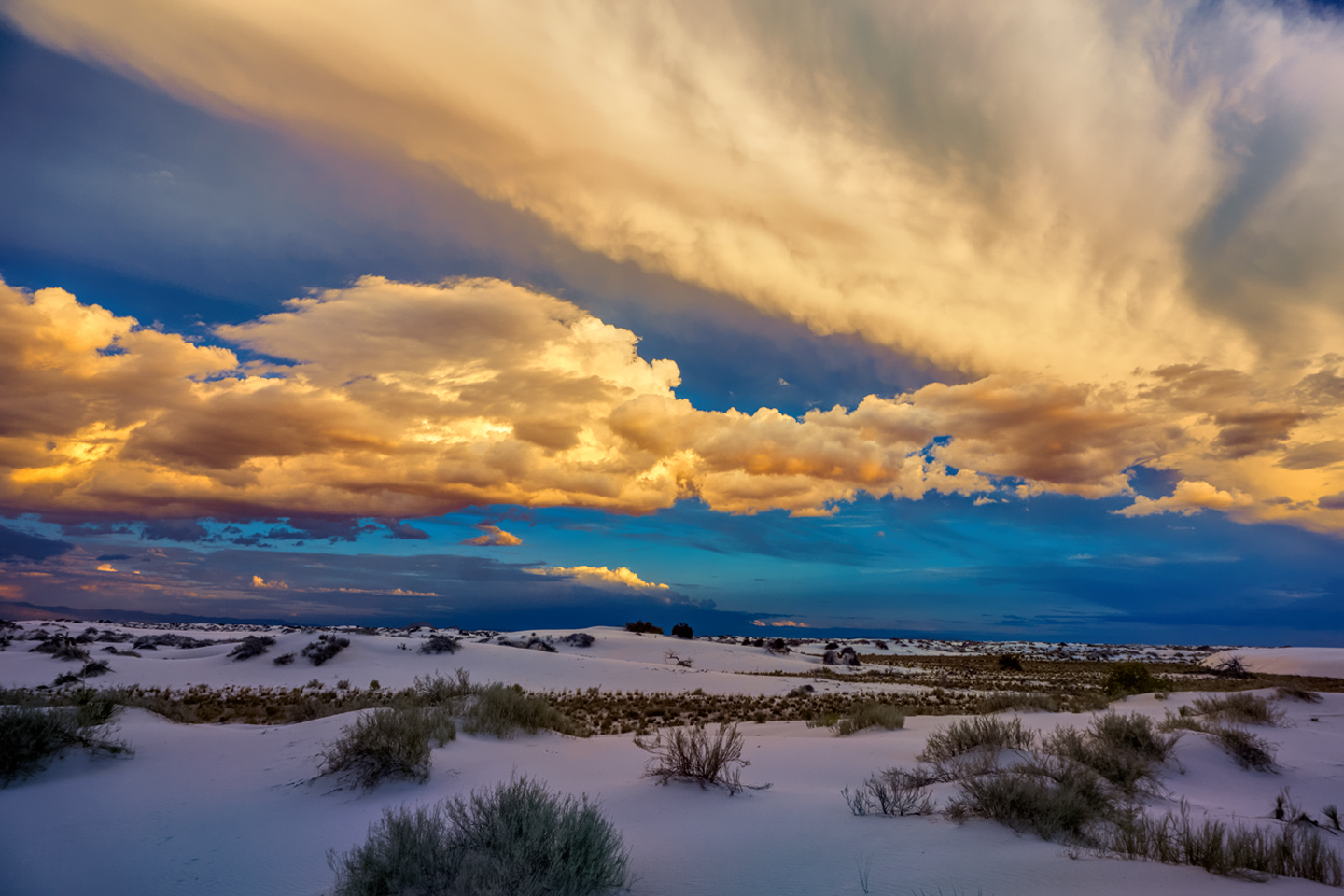
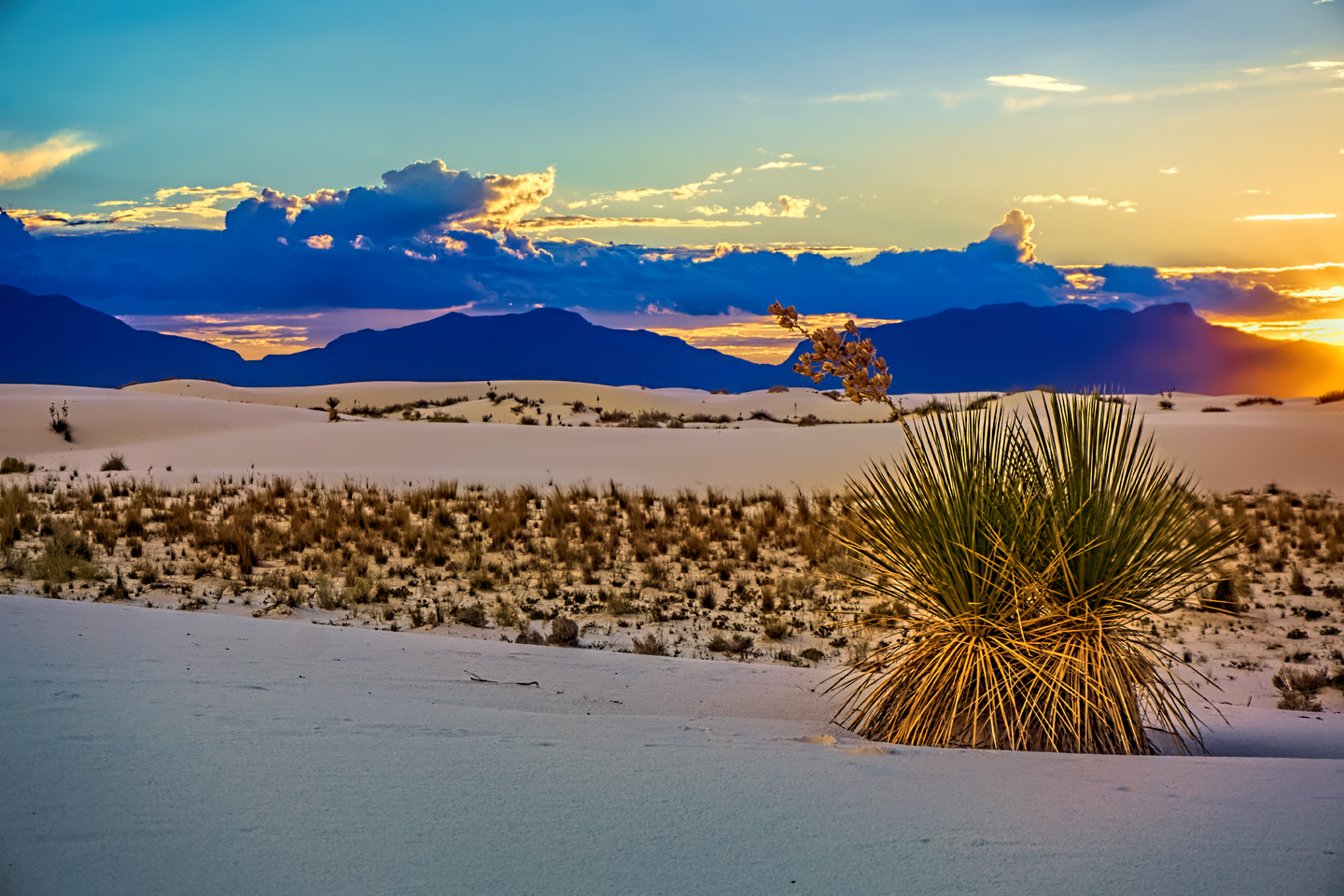
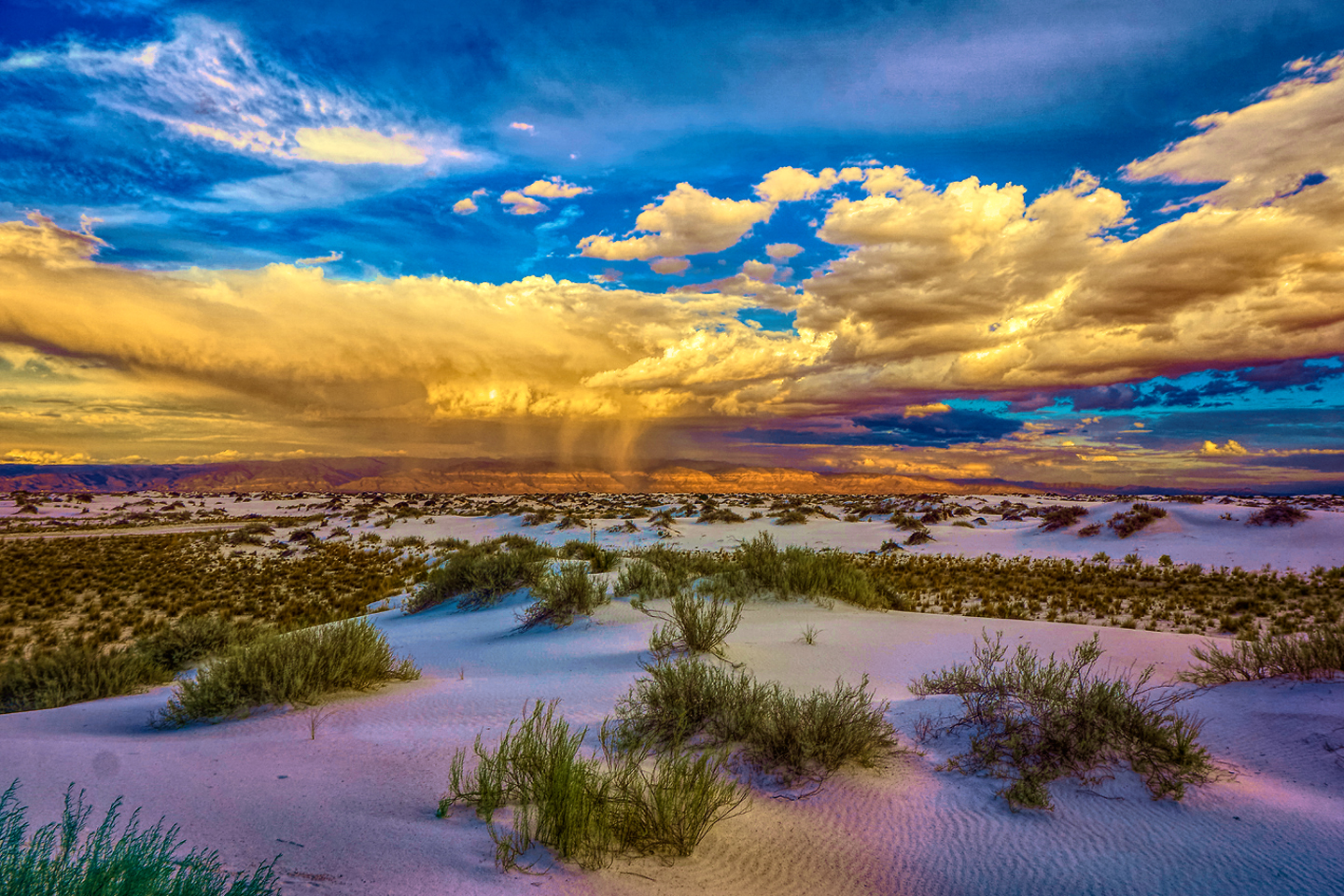
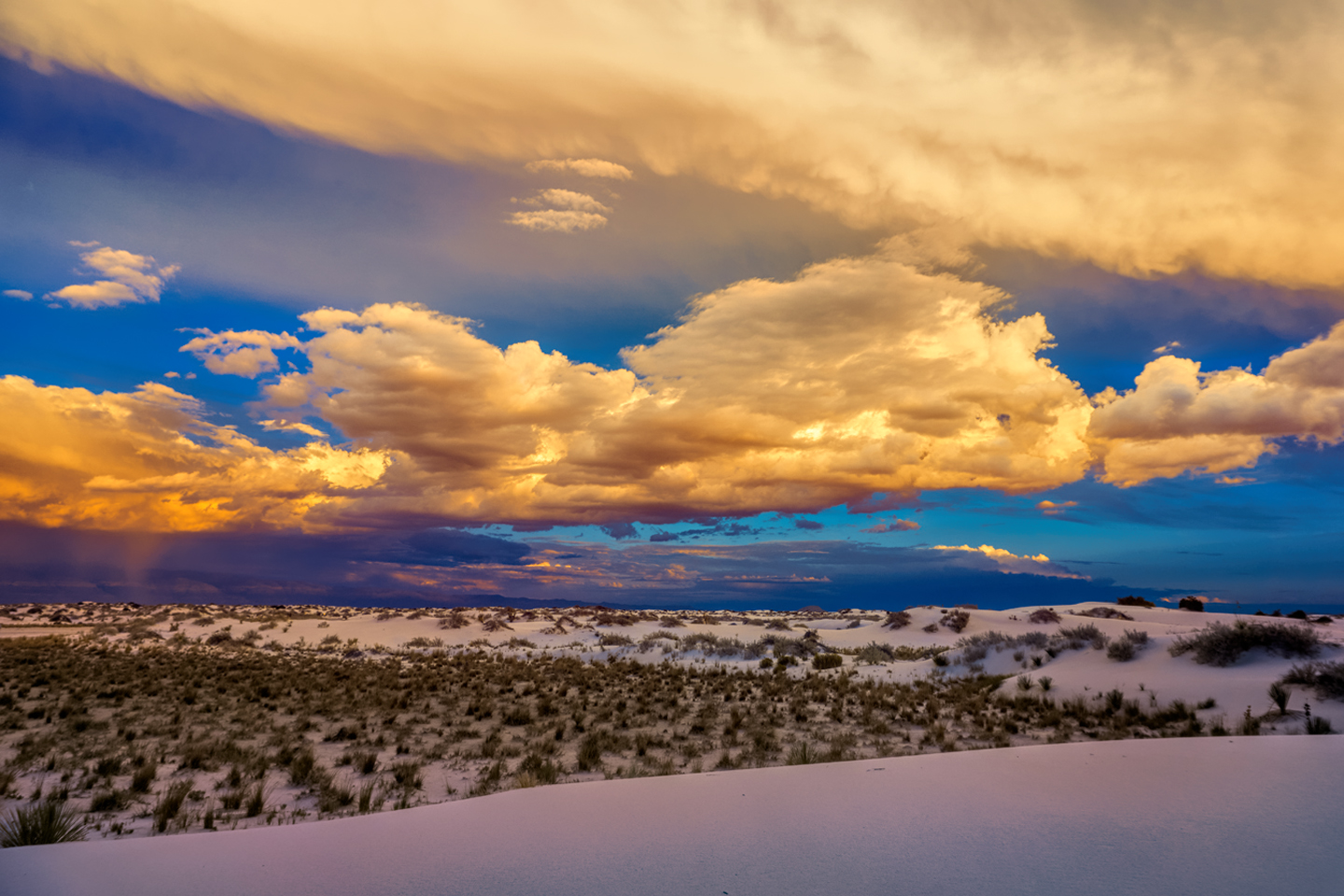
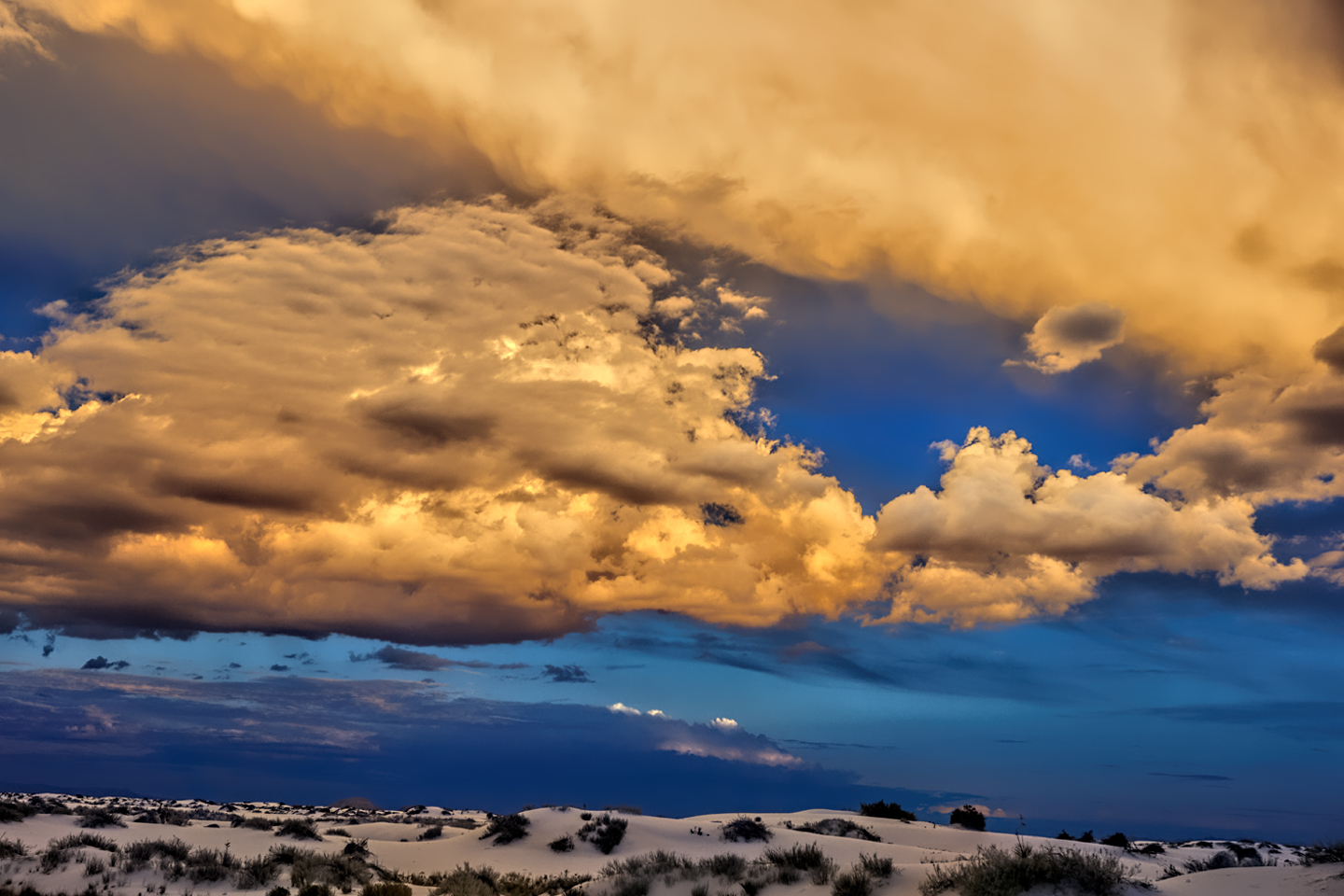
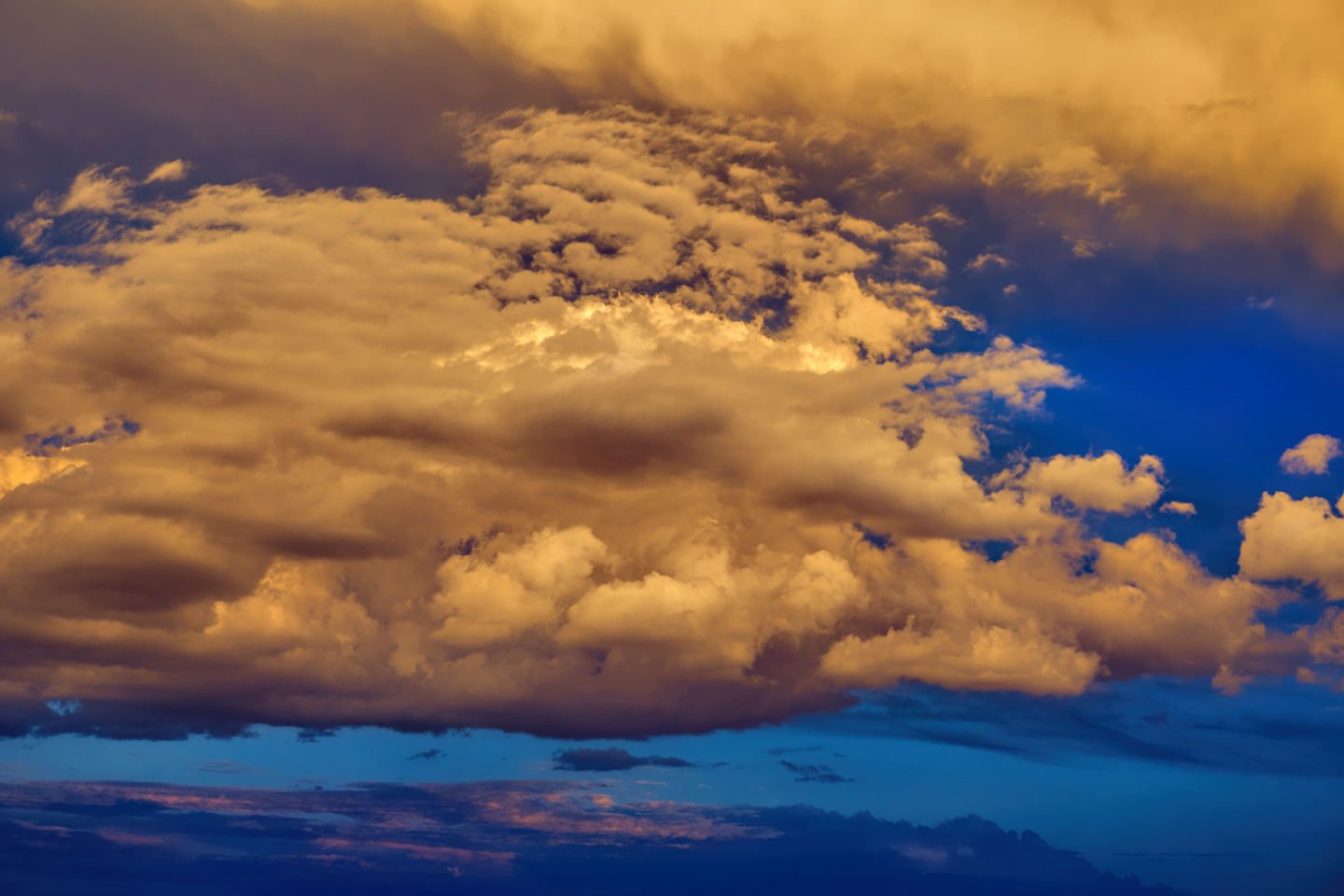
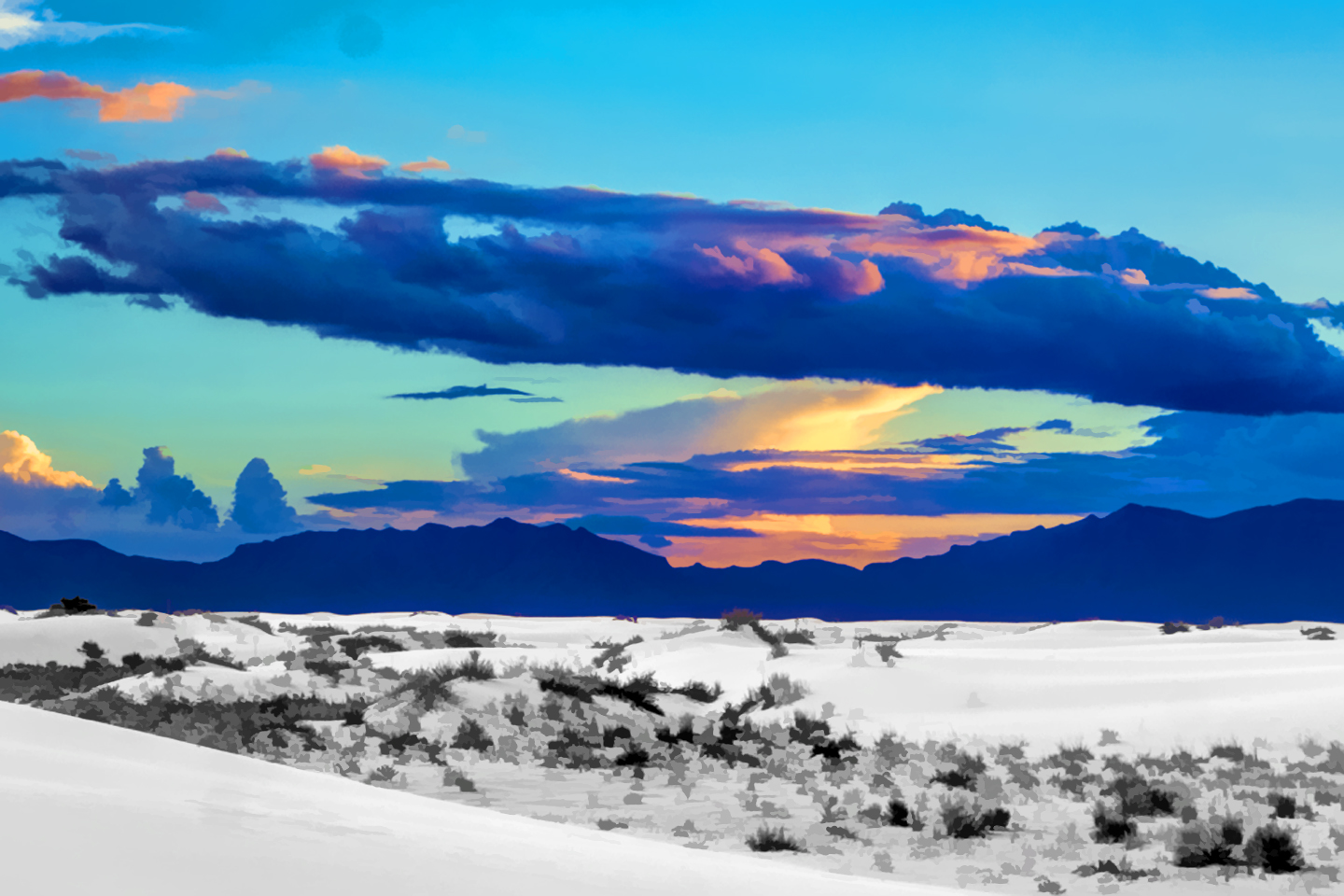
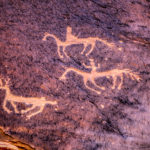
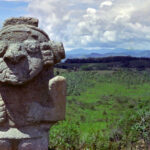
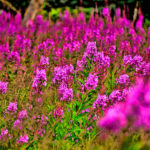
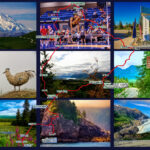
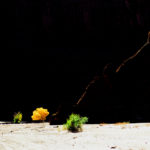
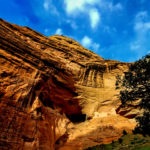
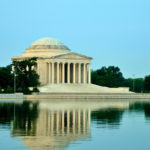



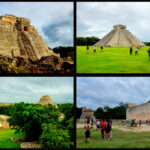
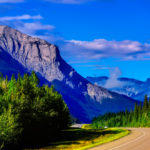
Recent Comments